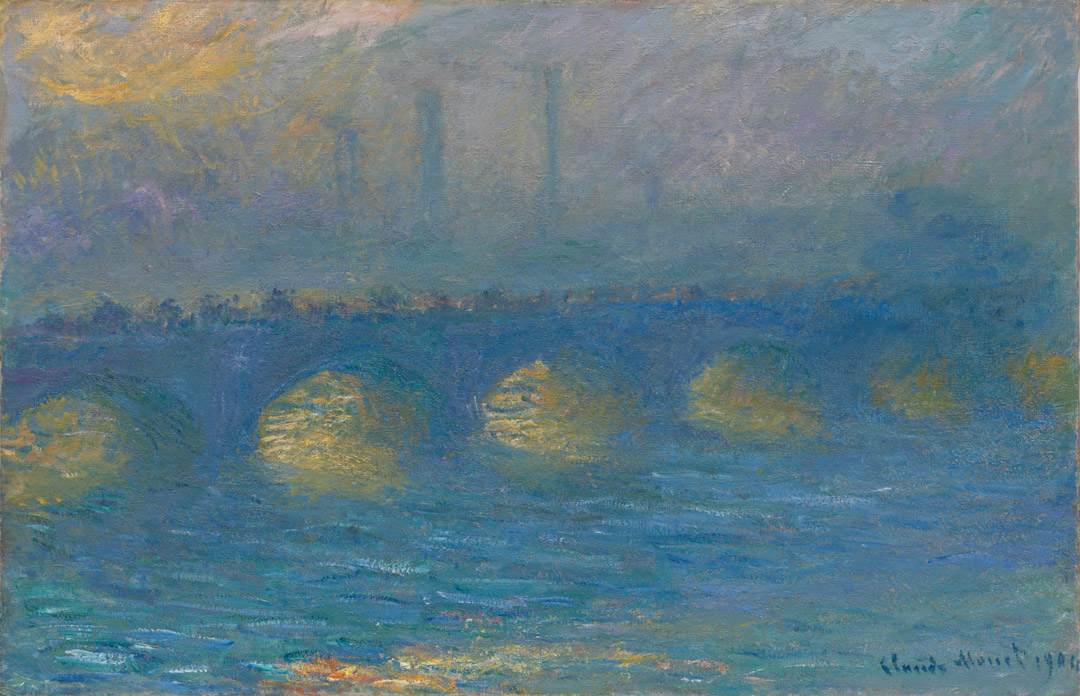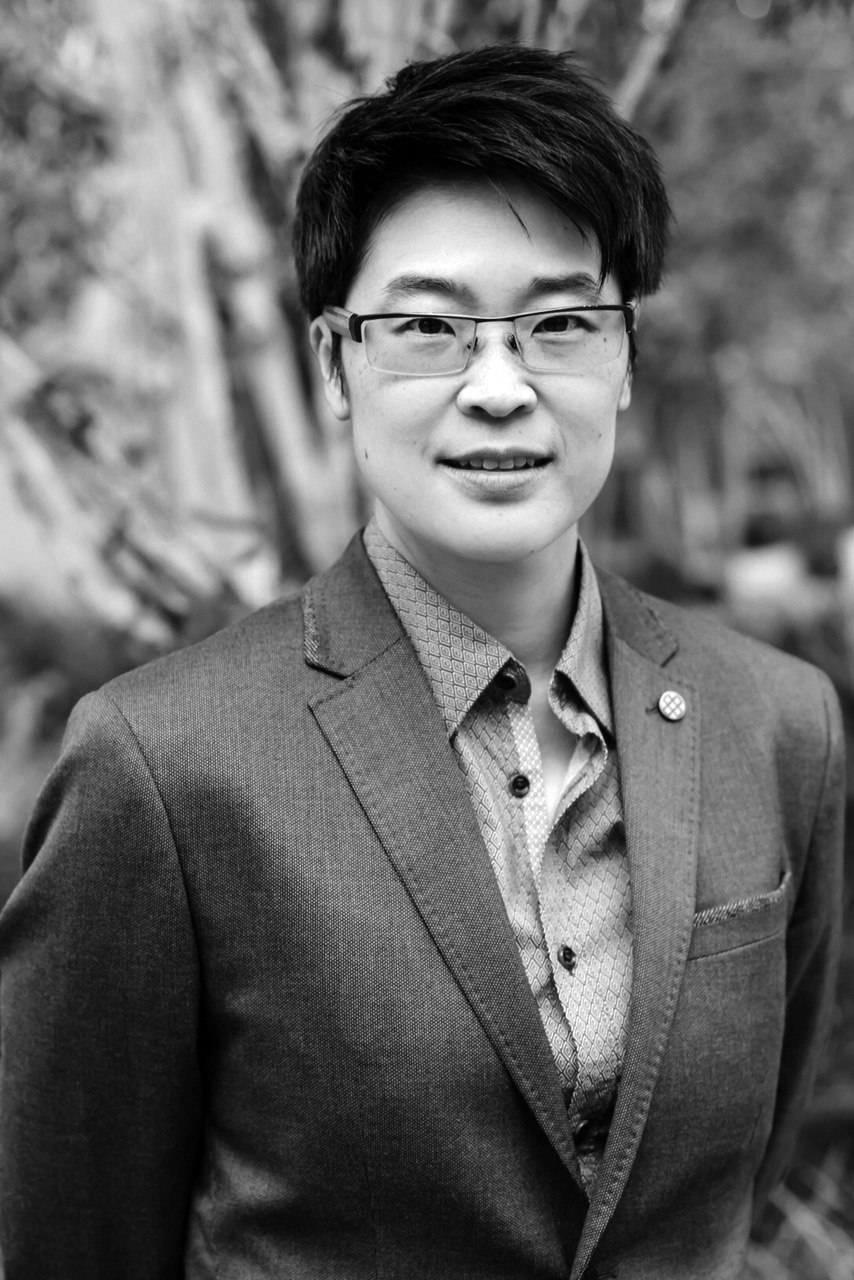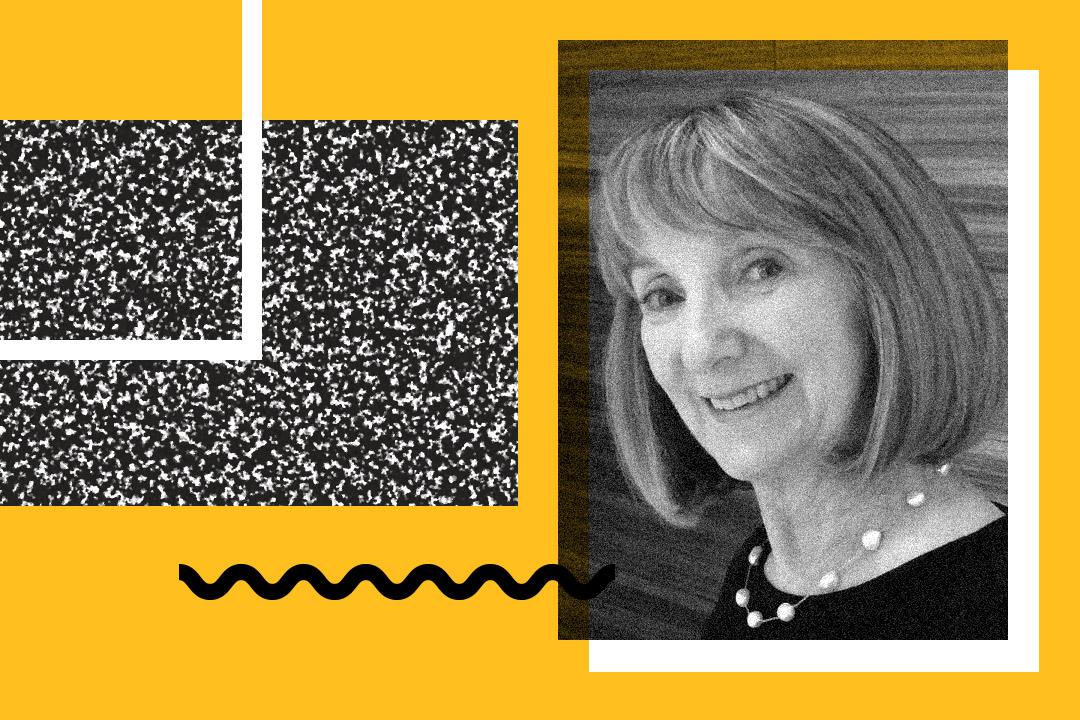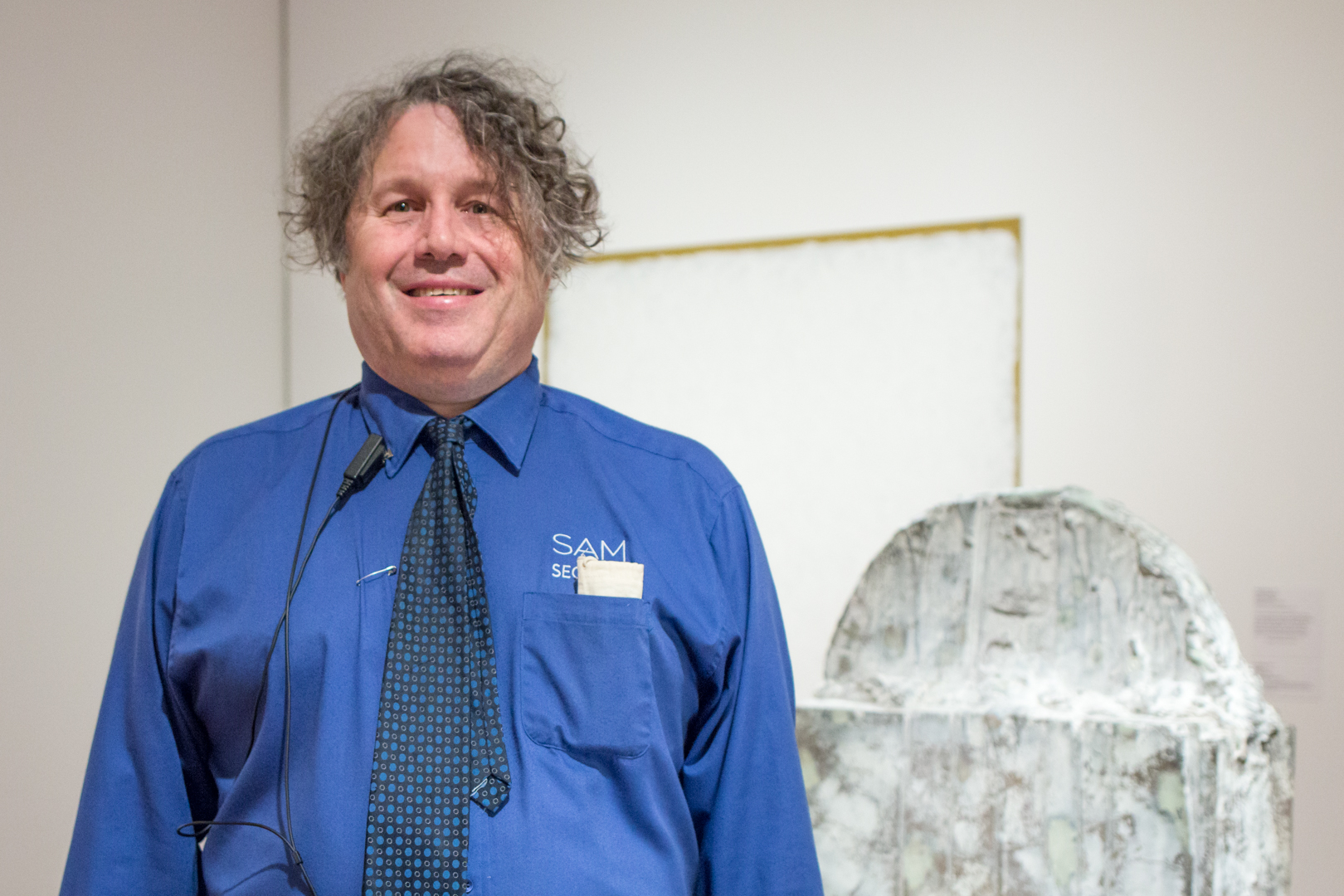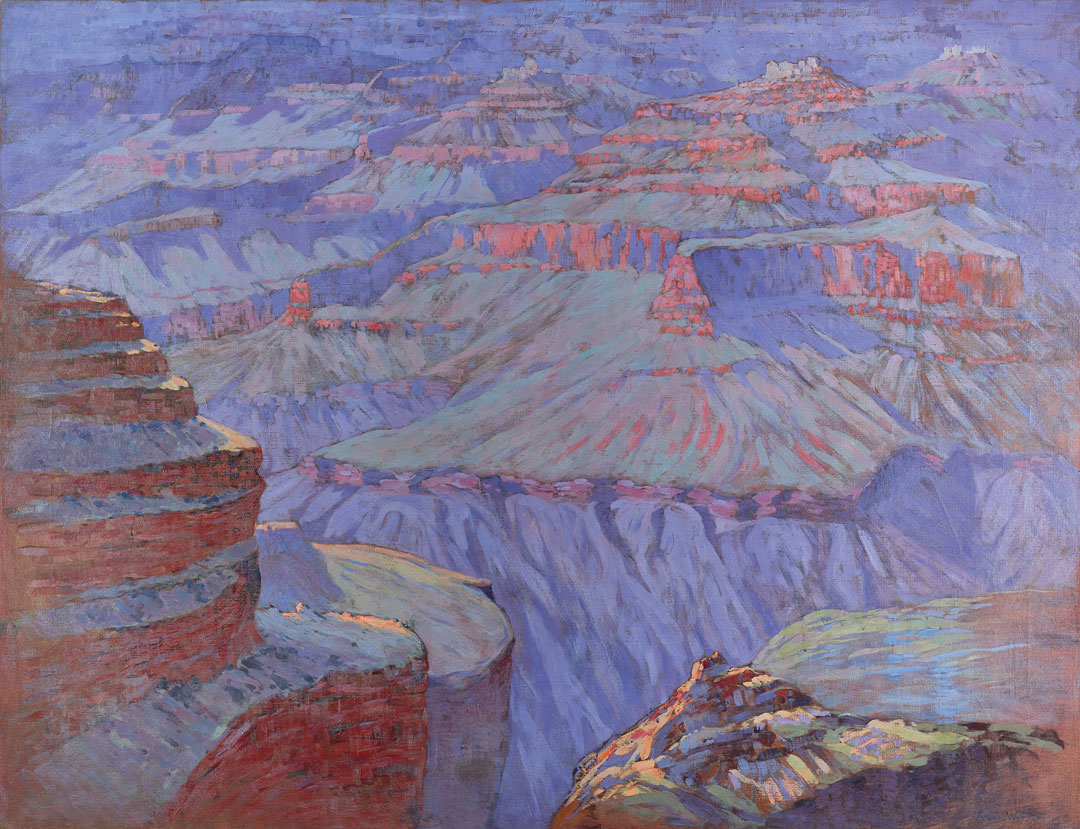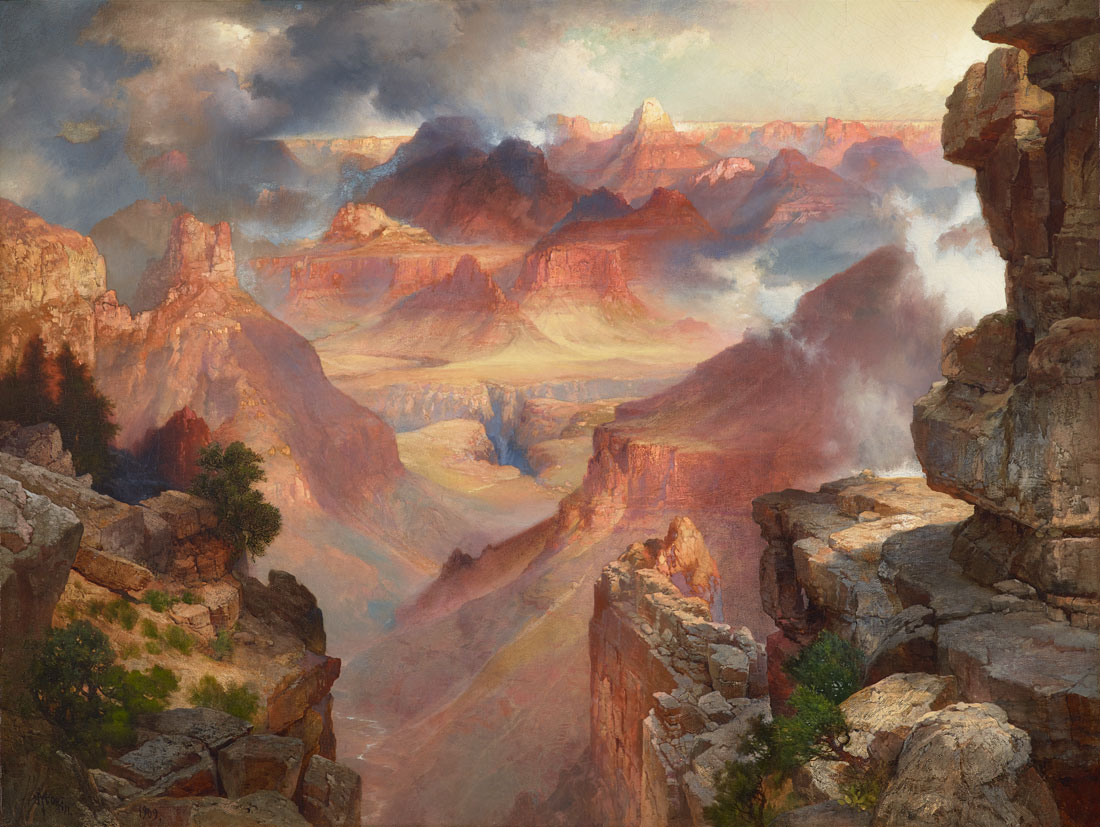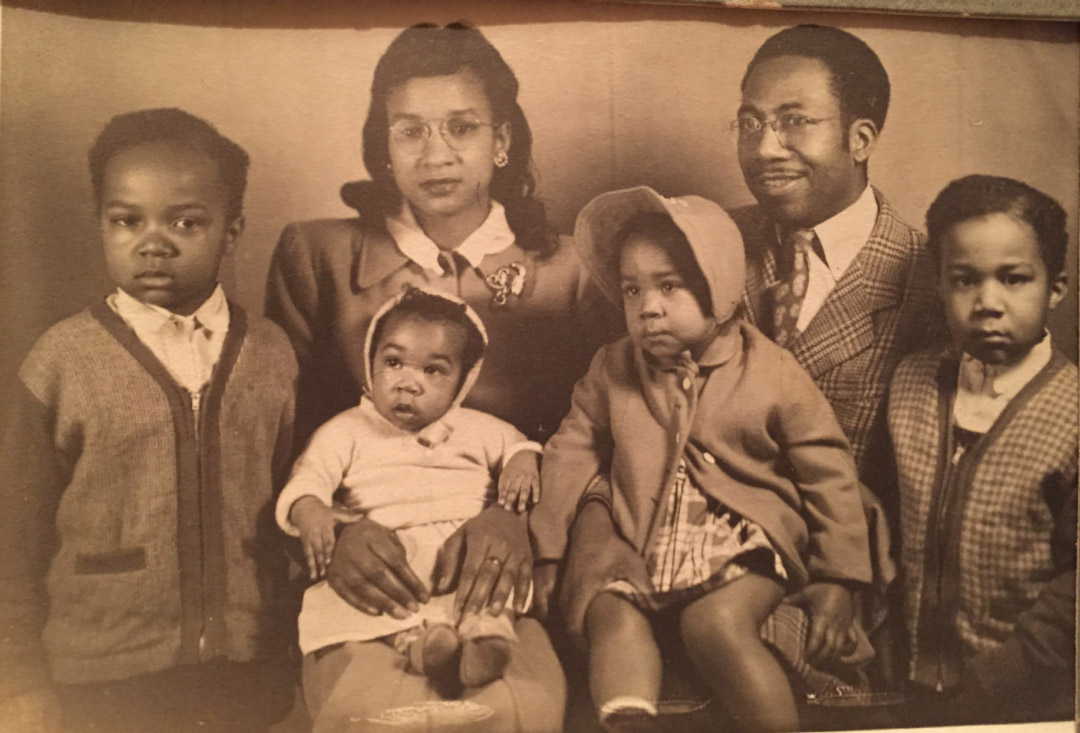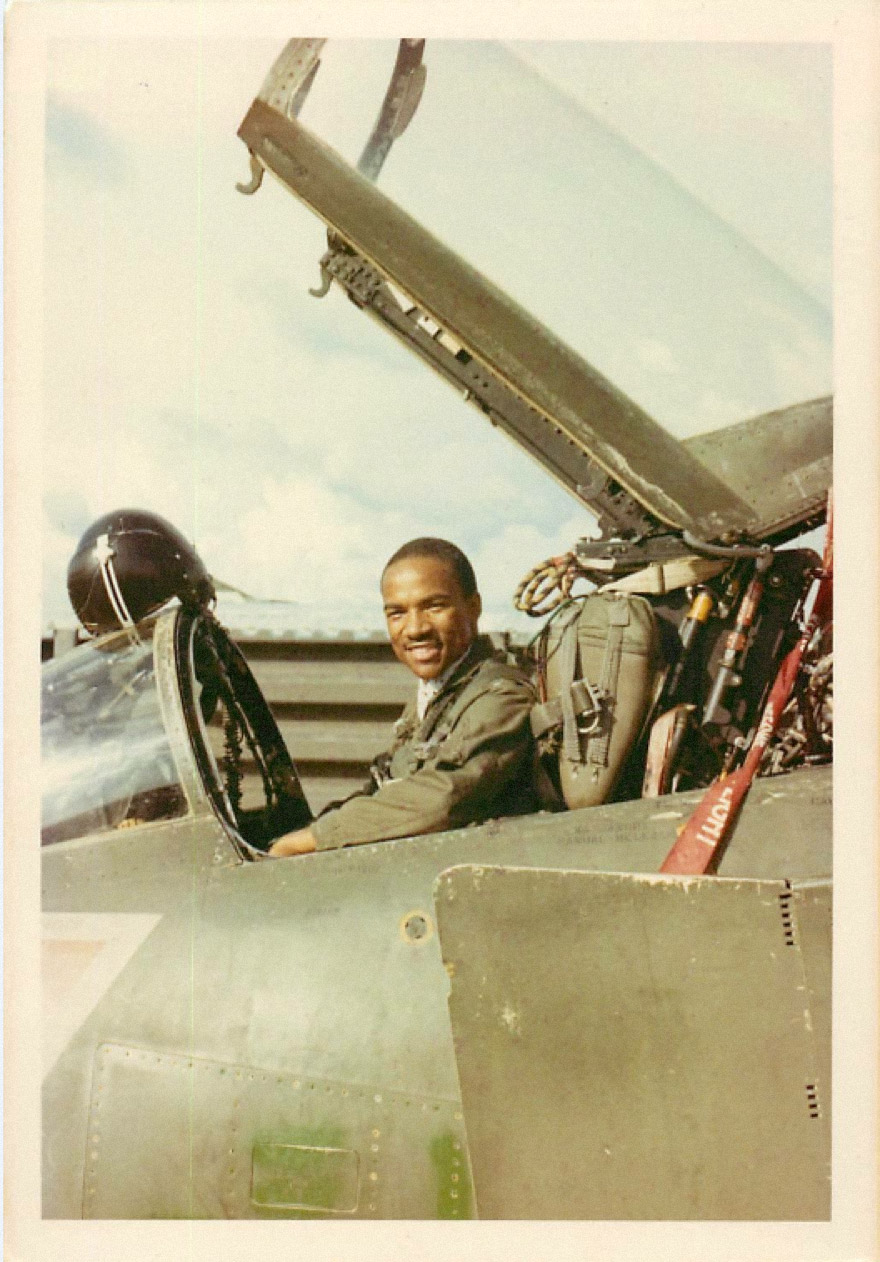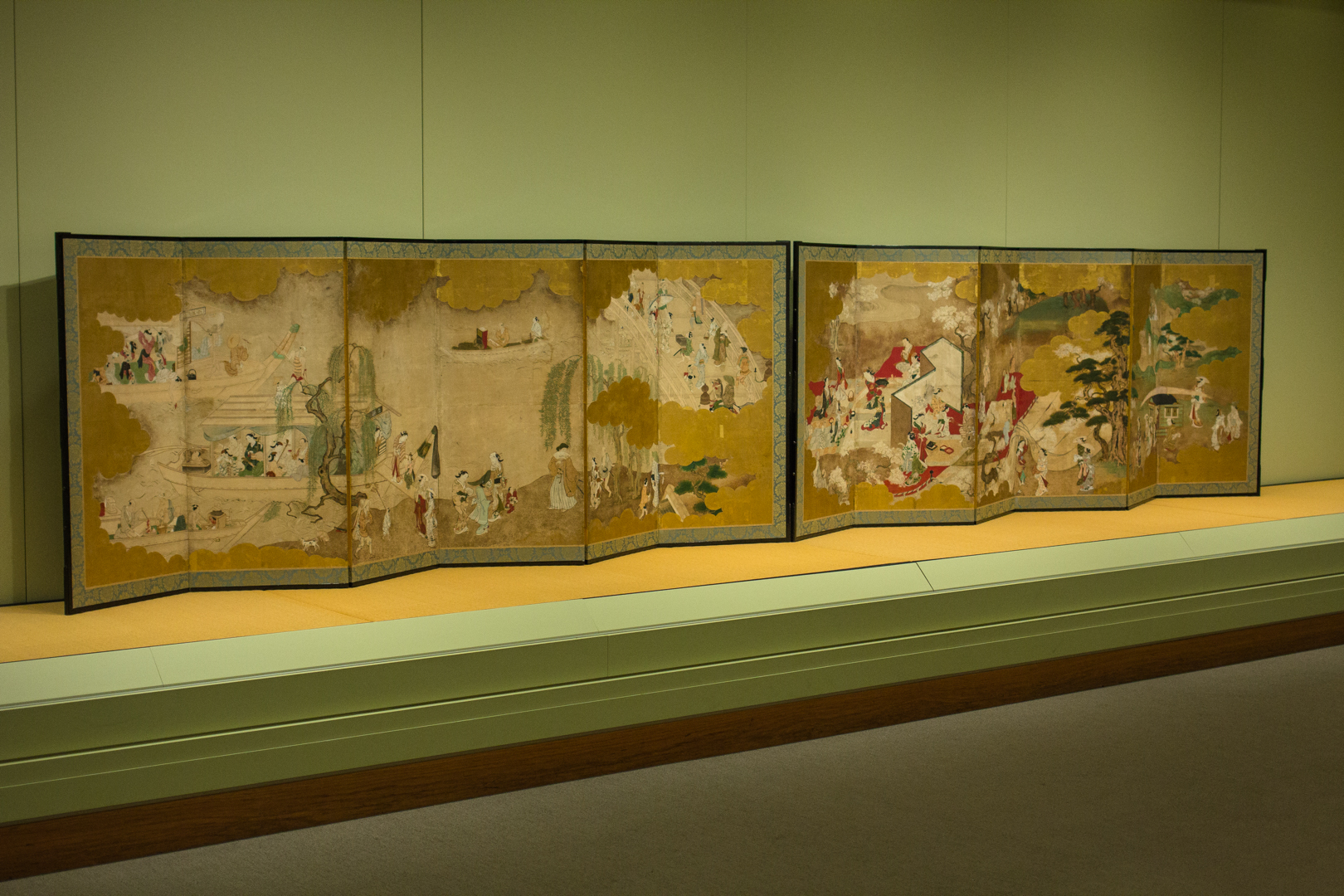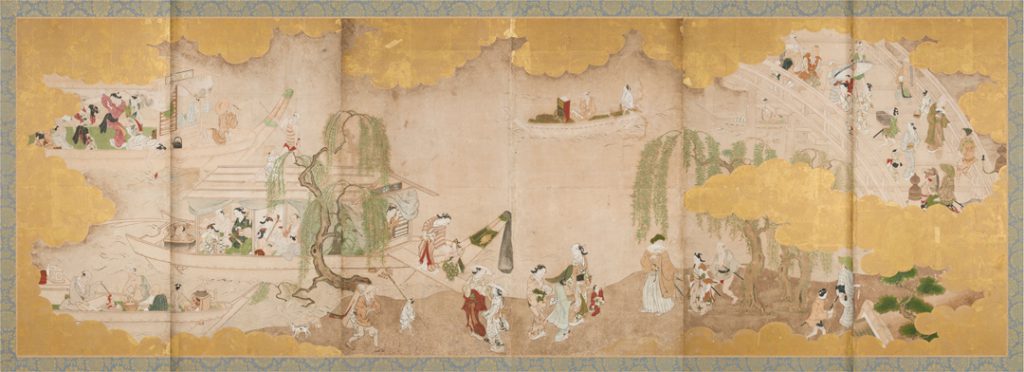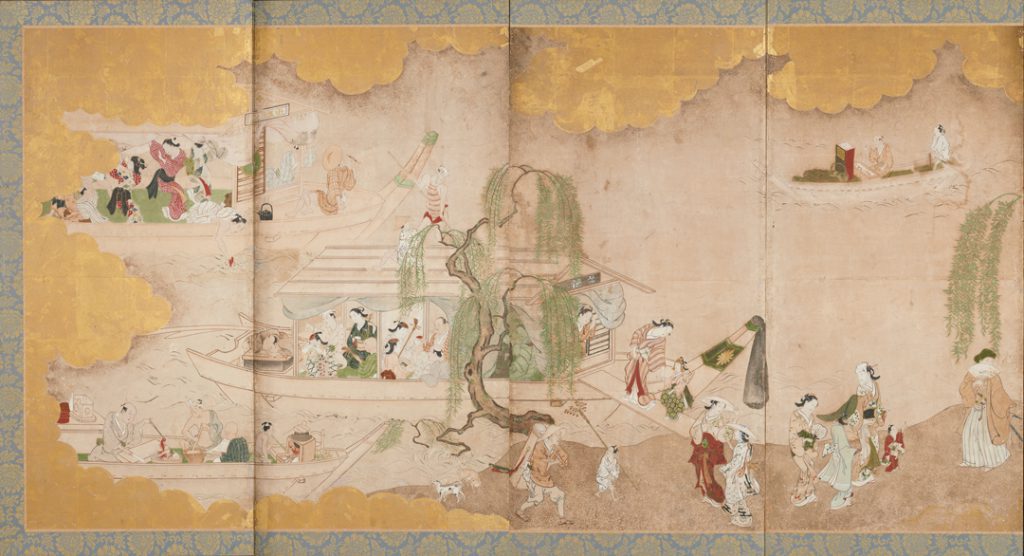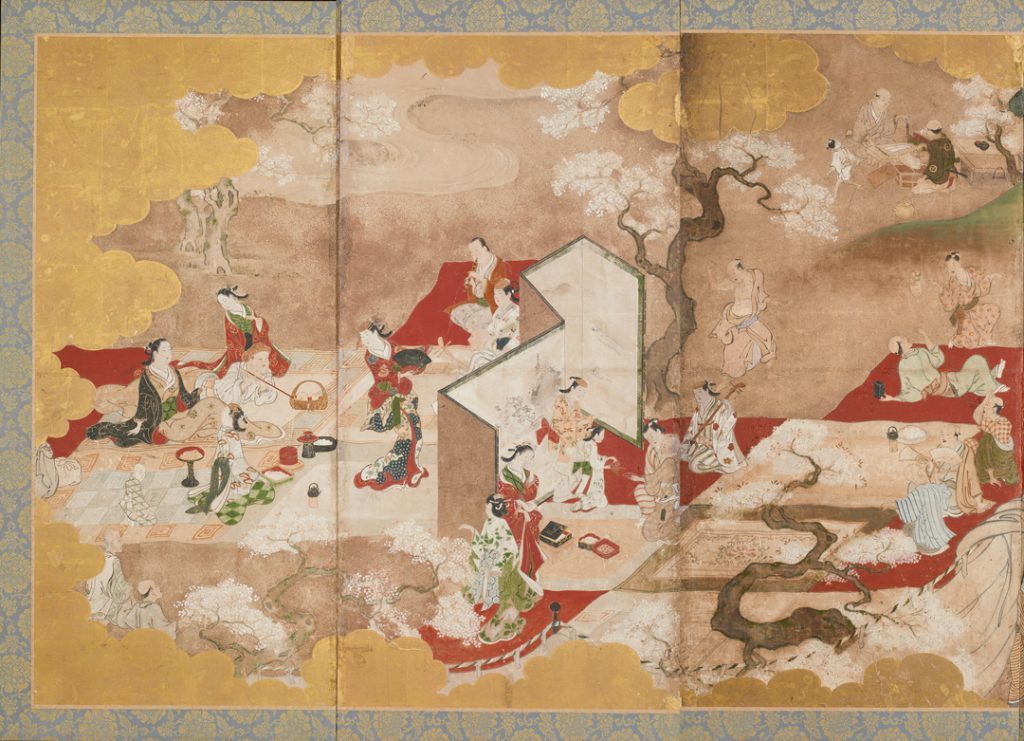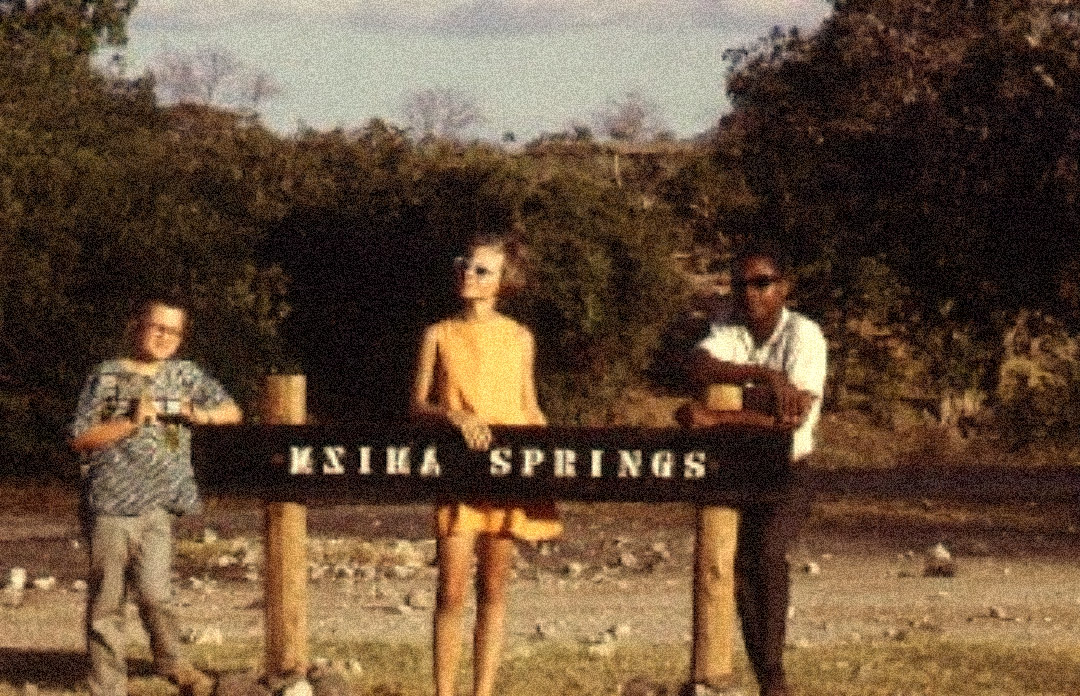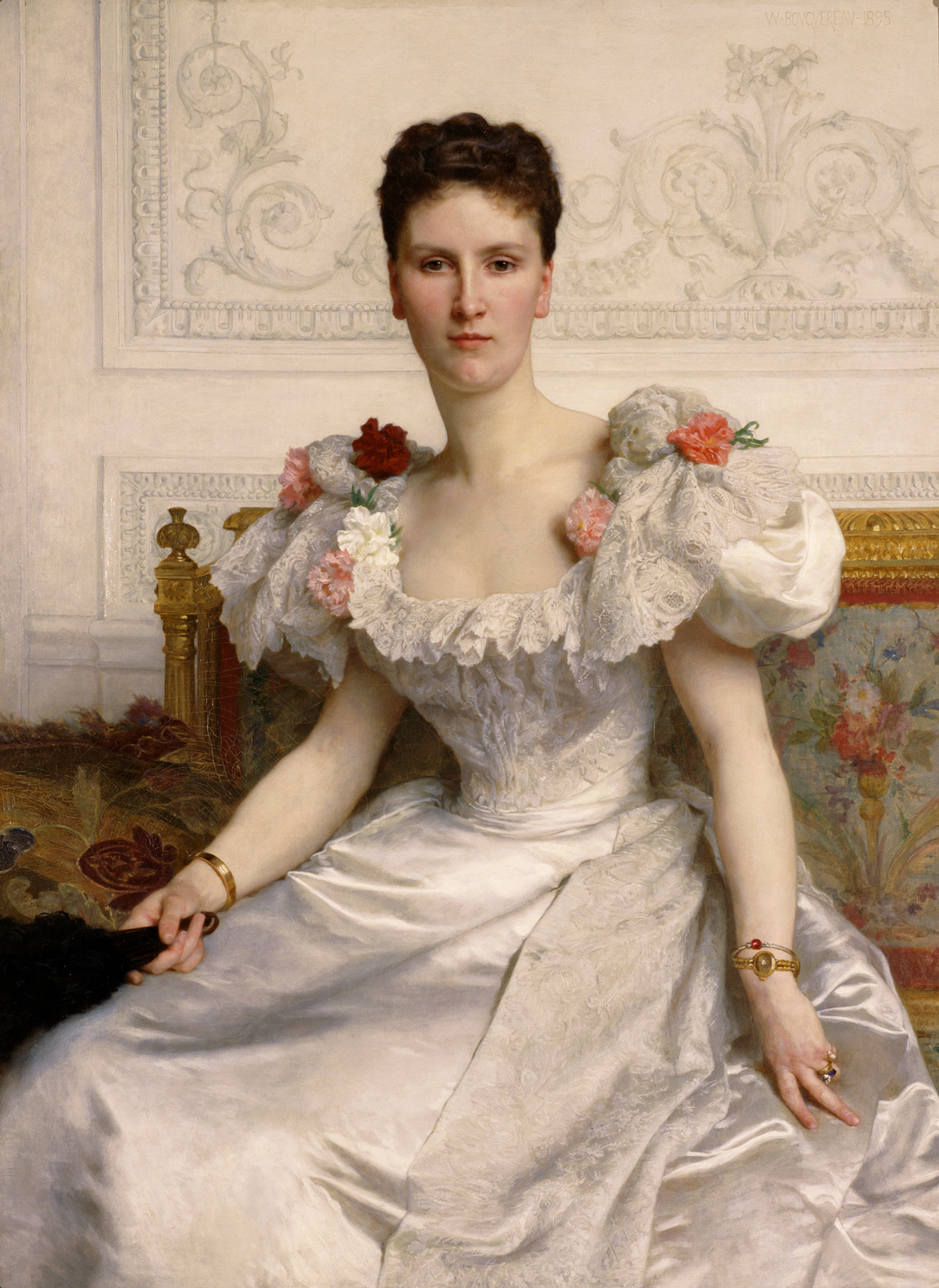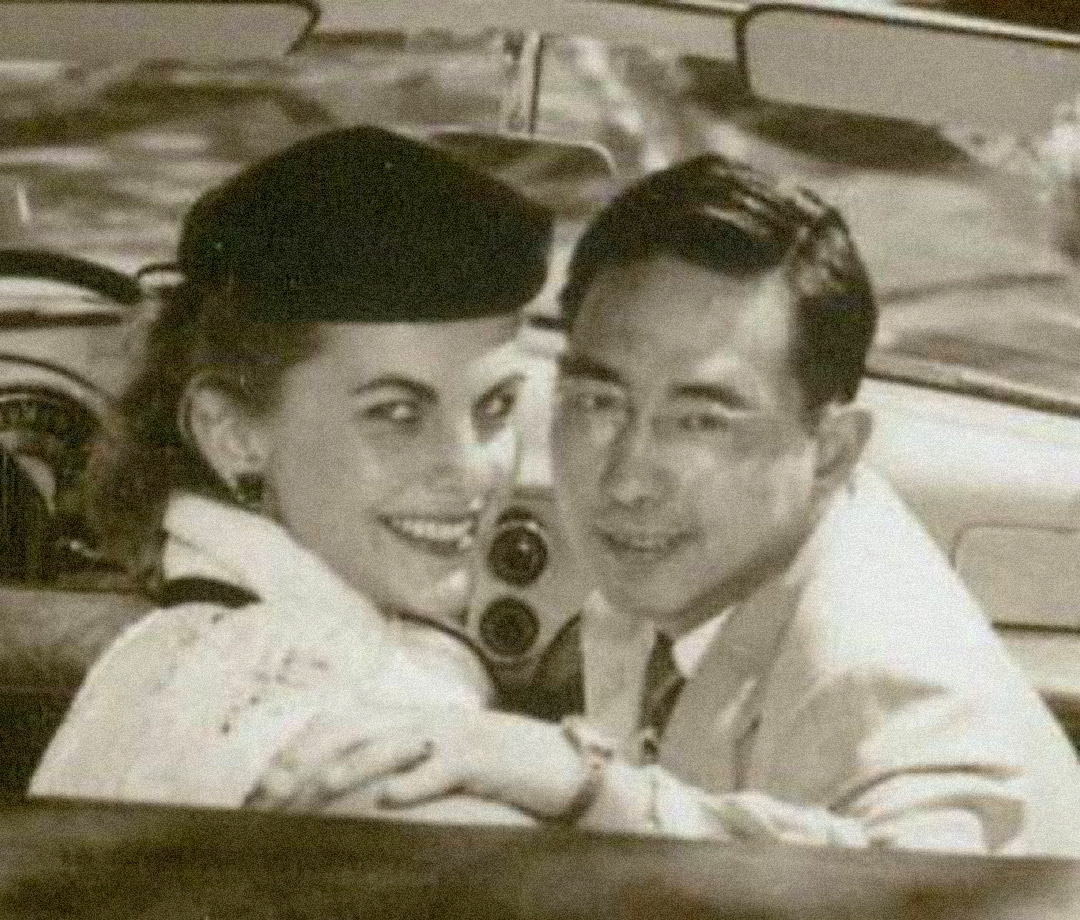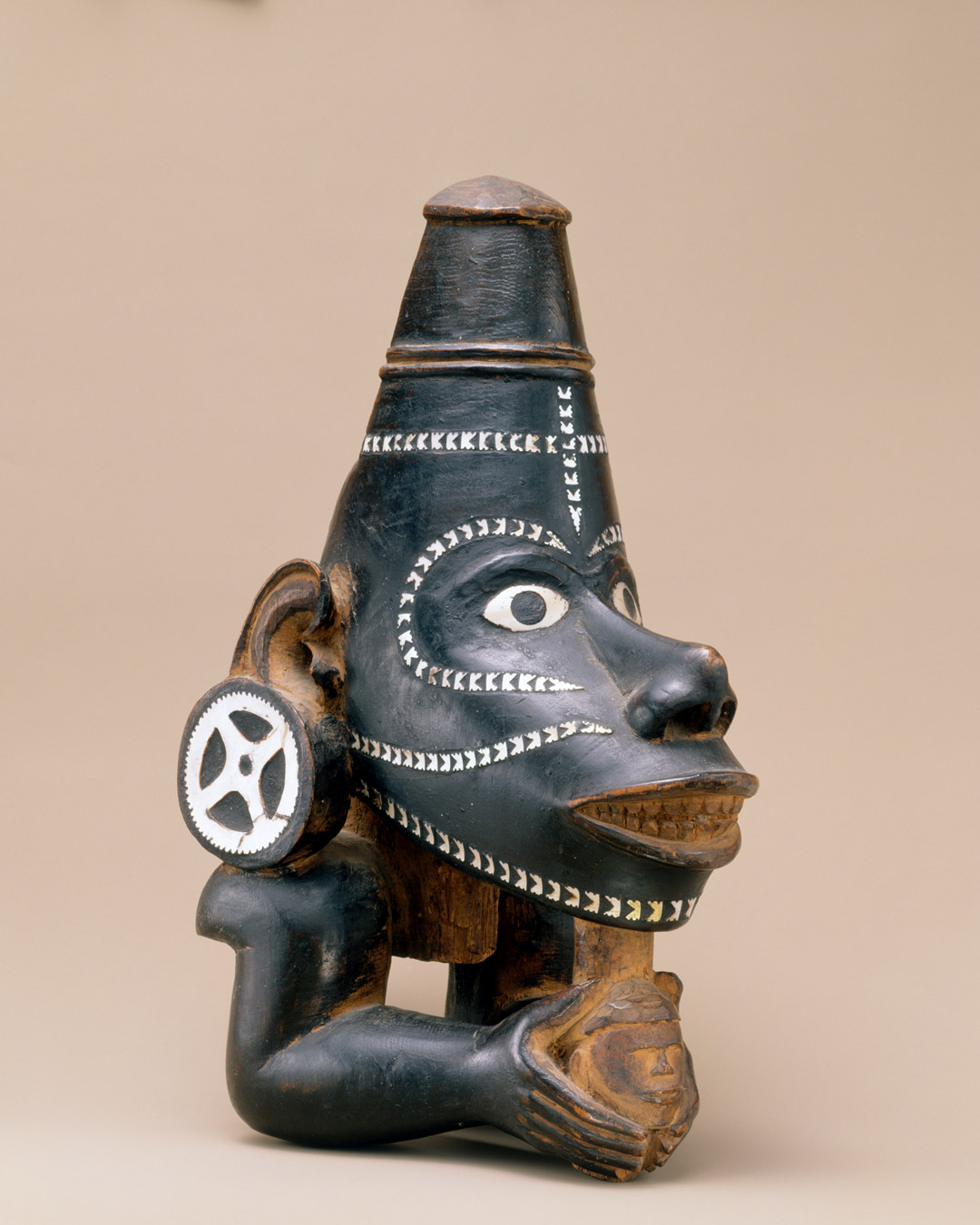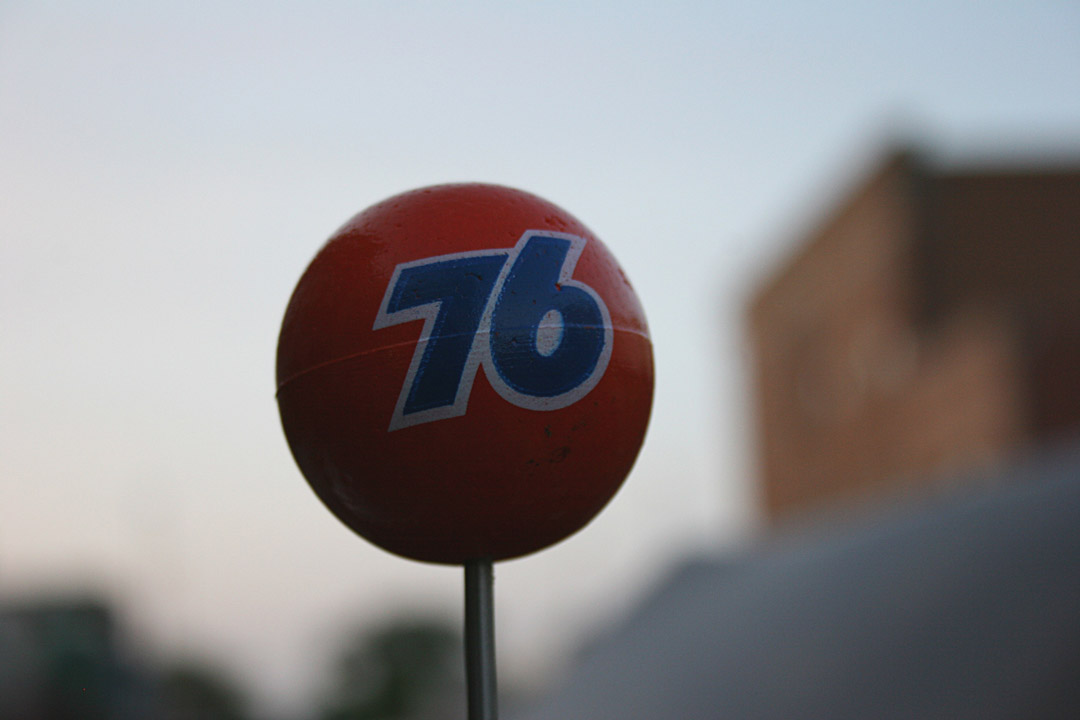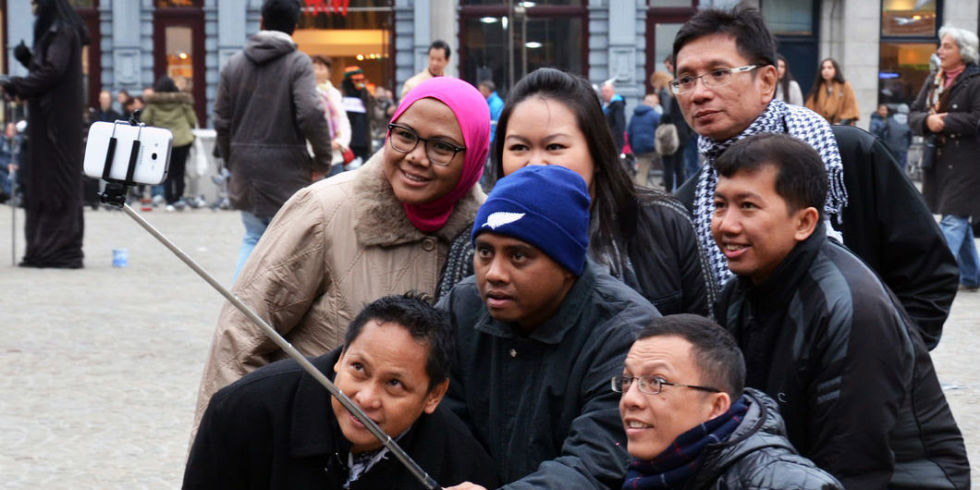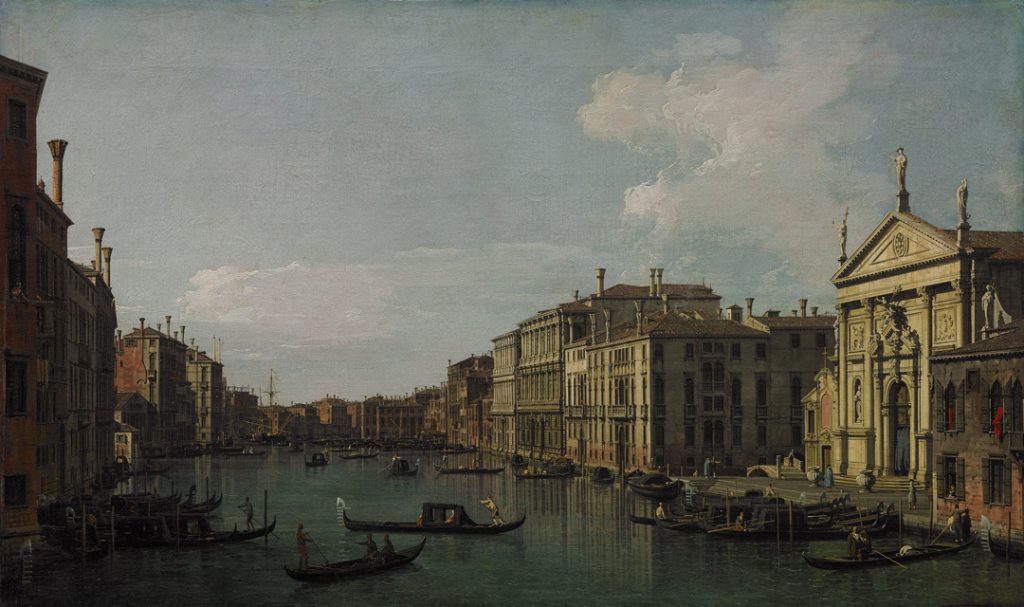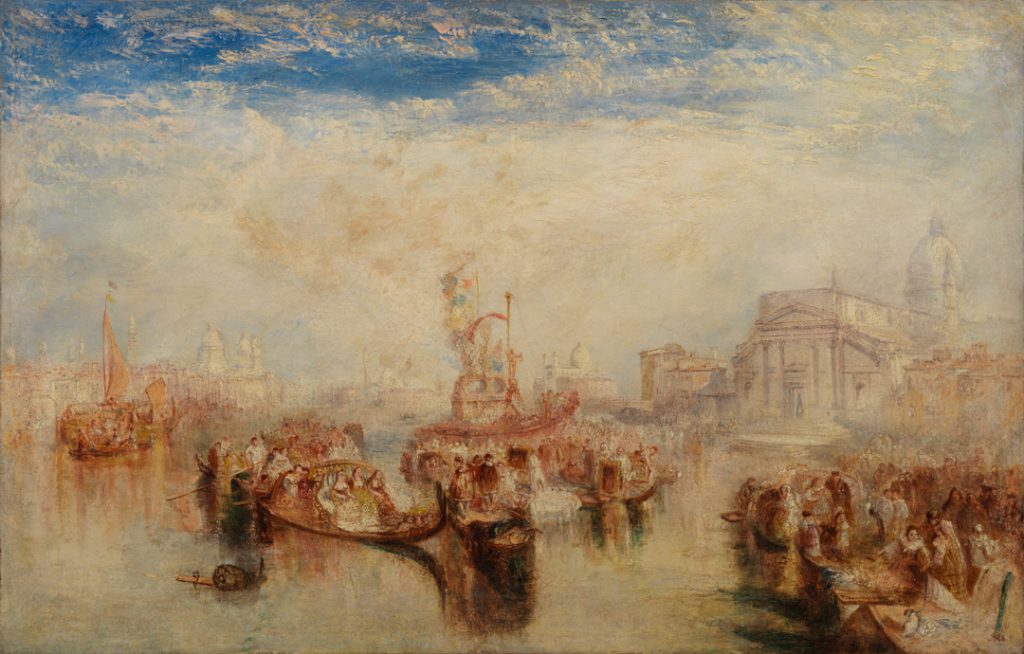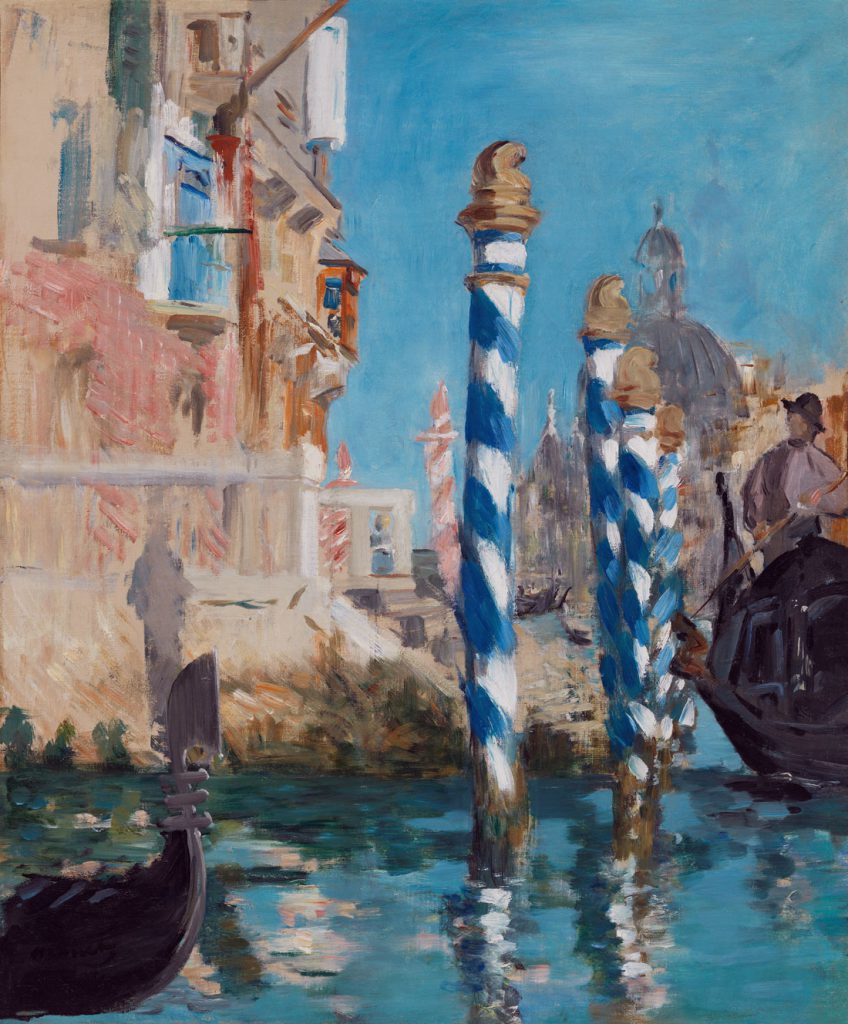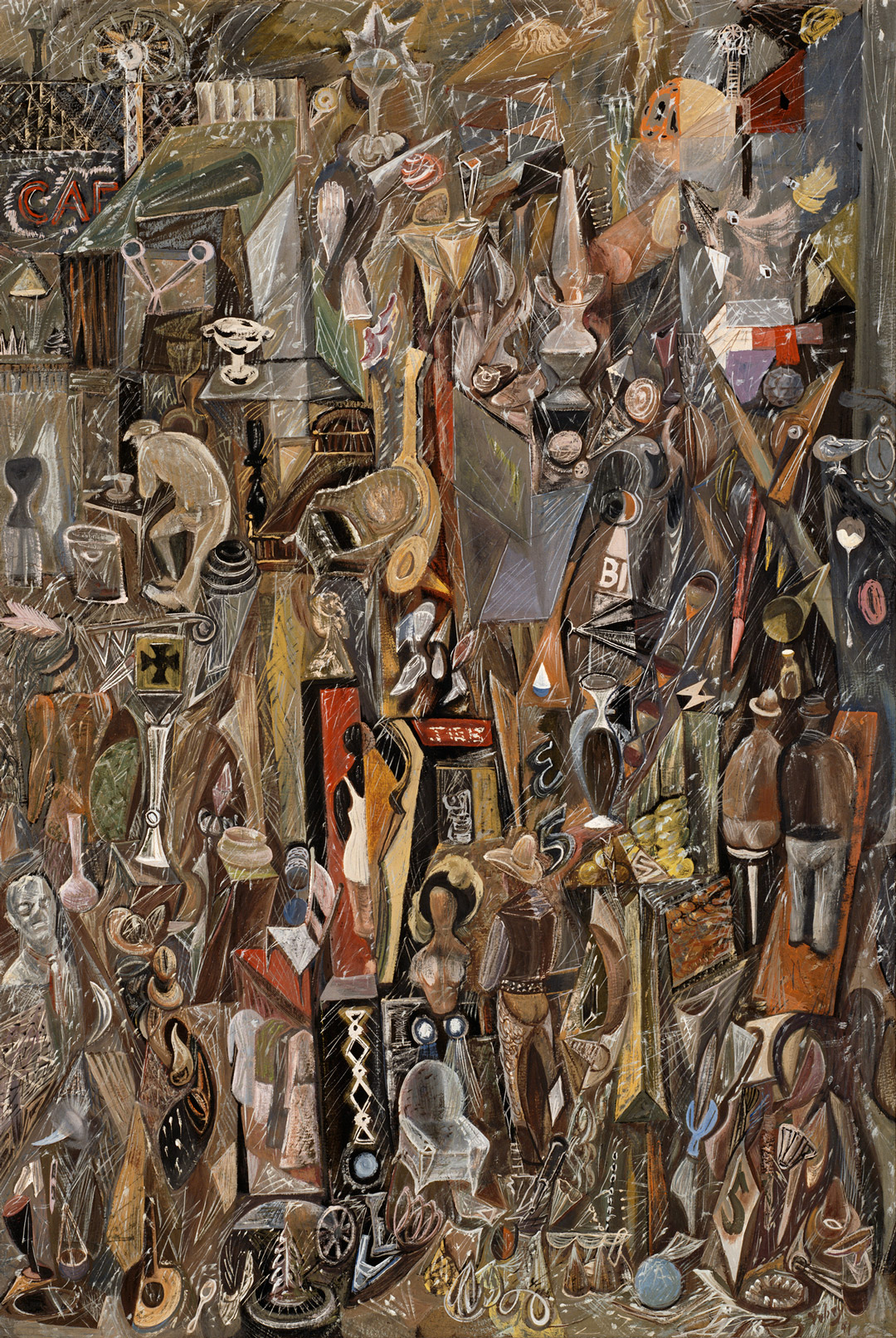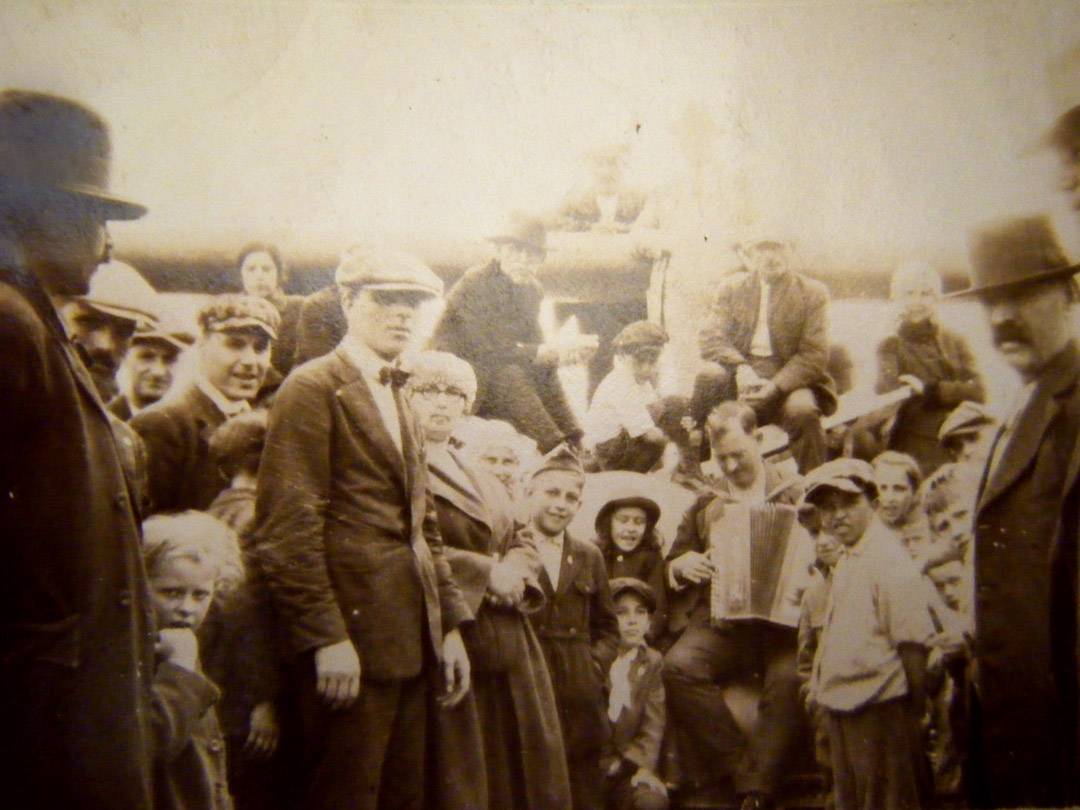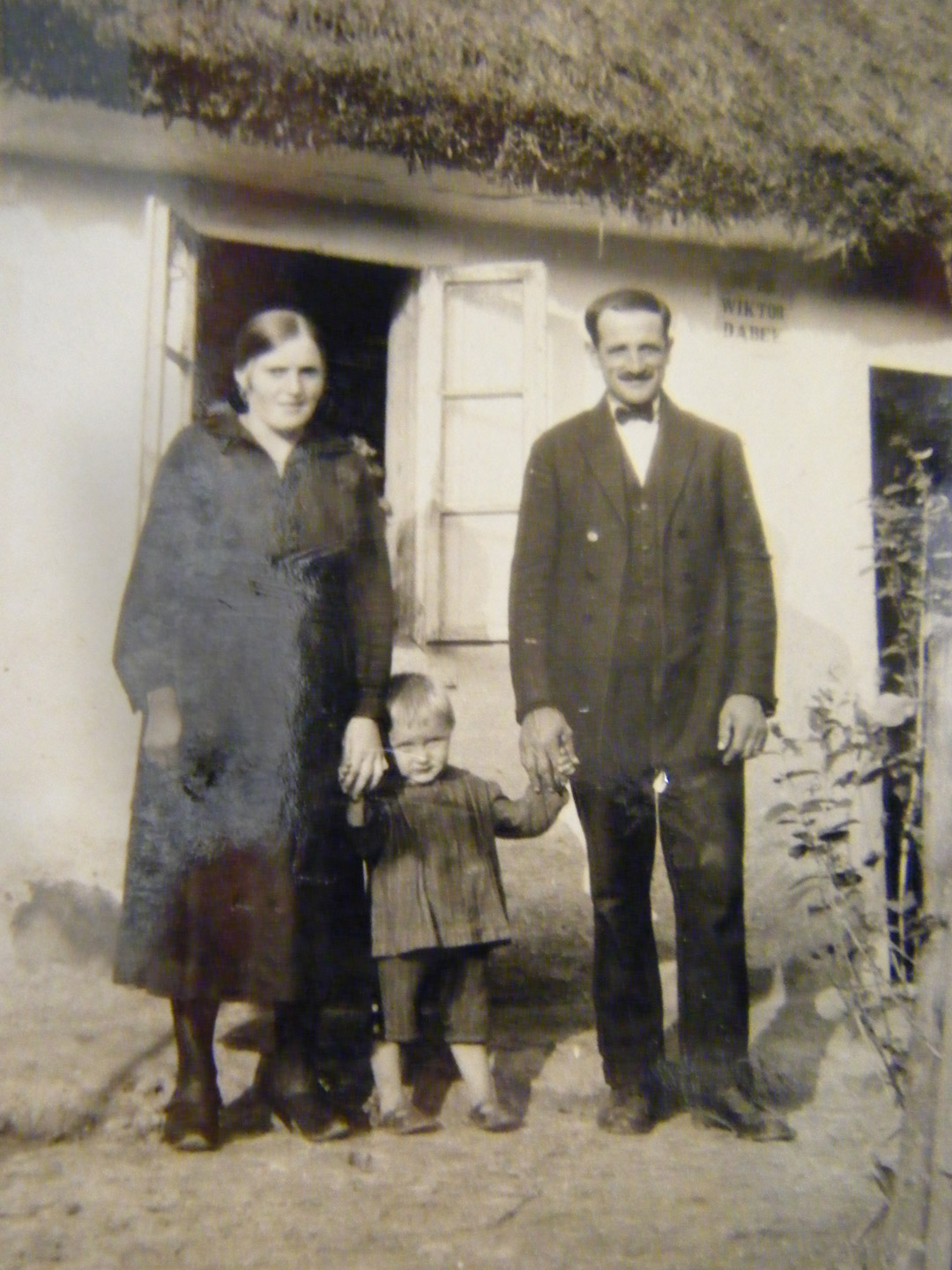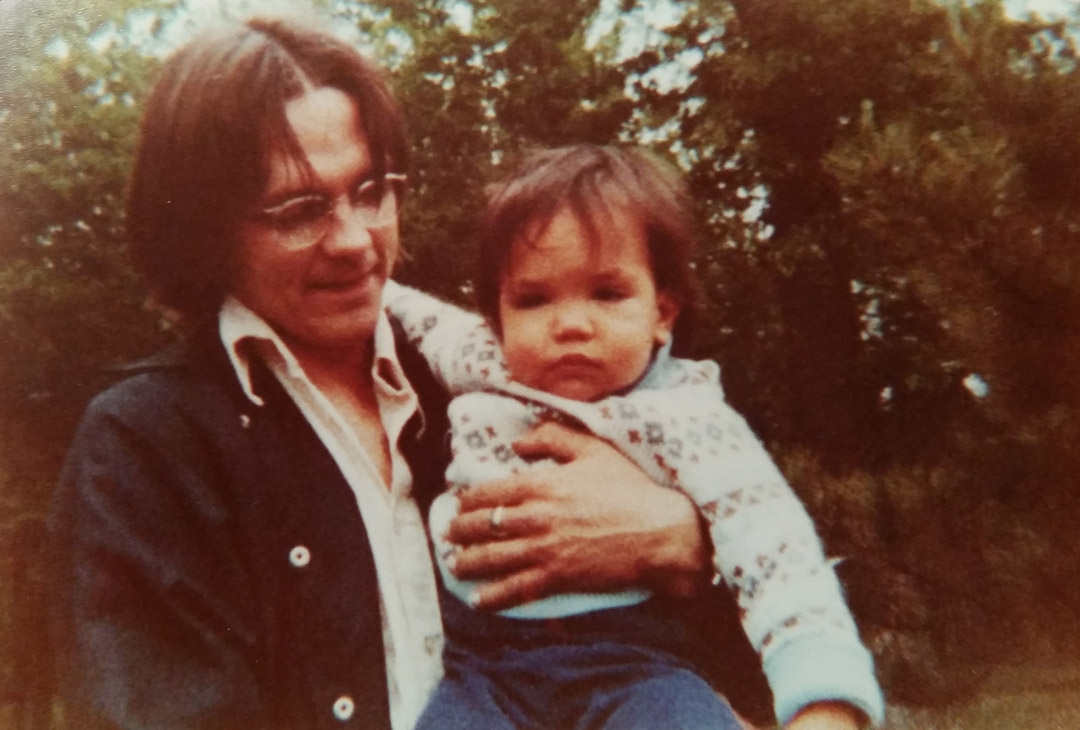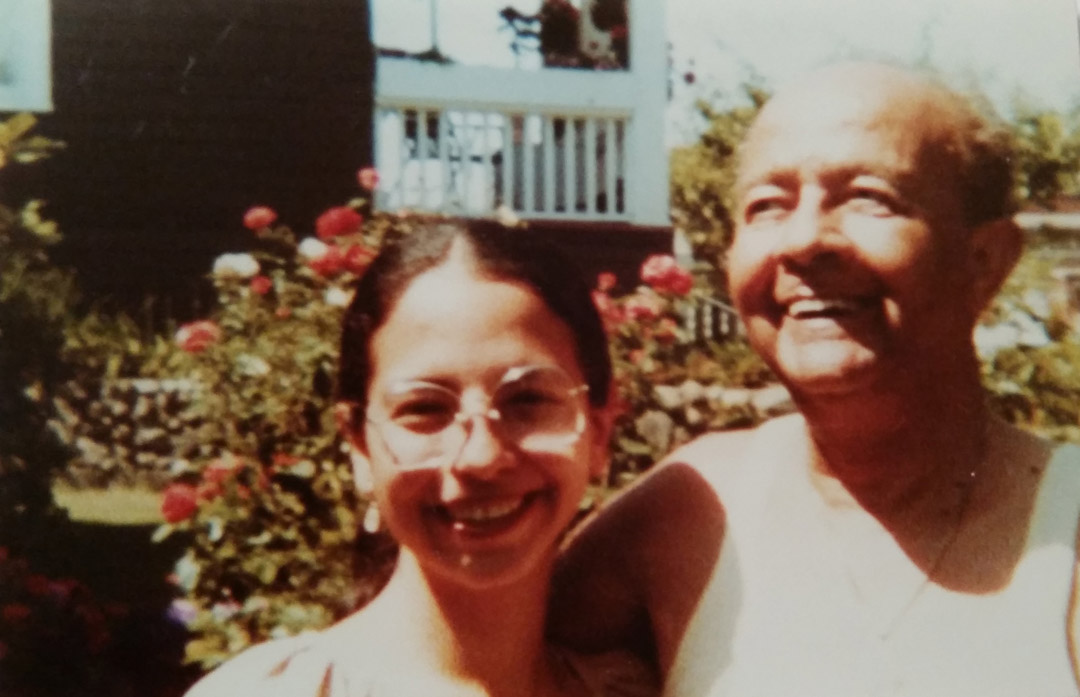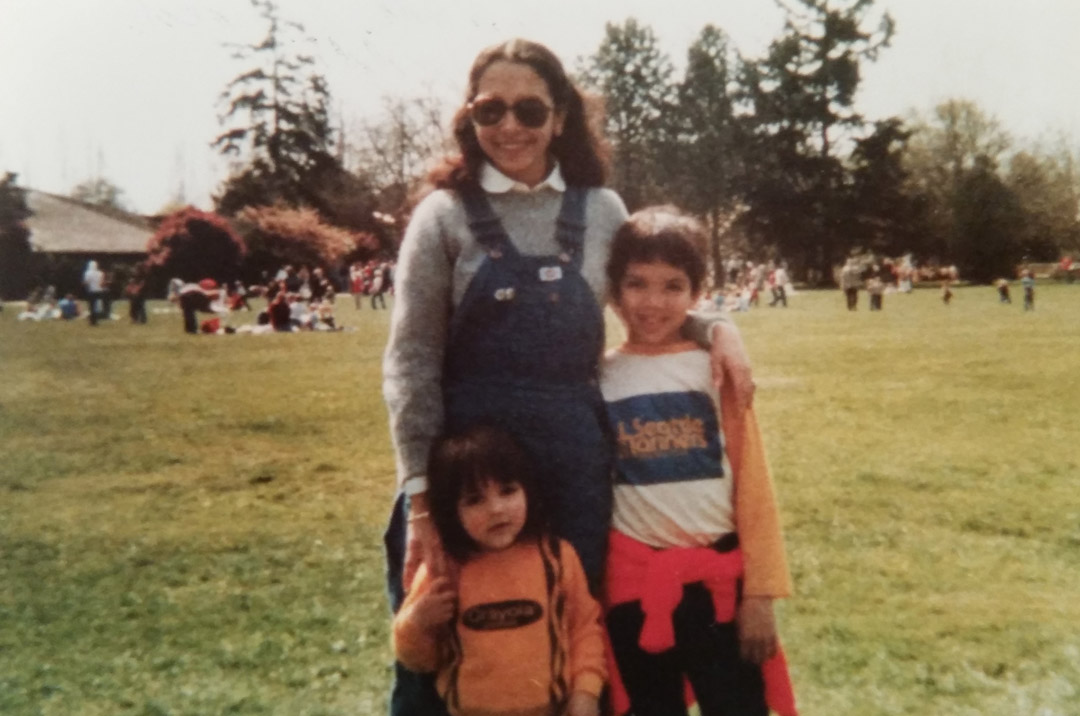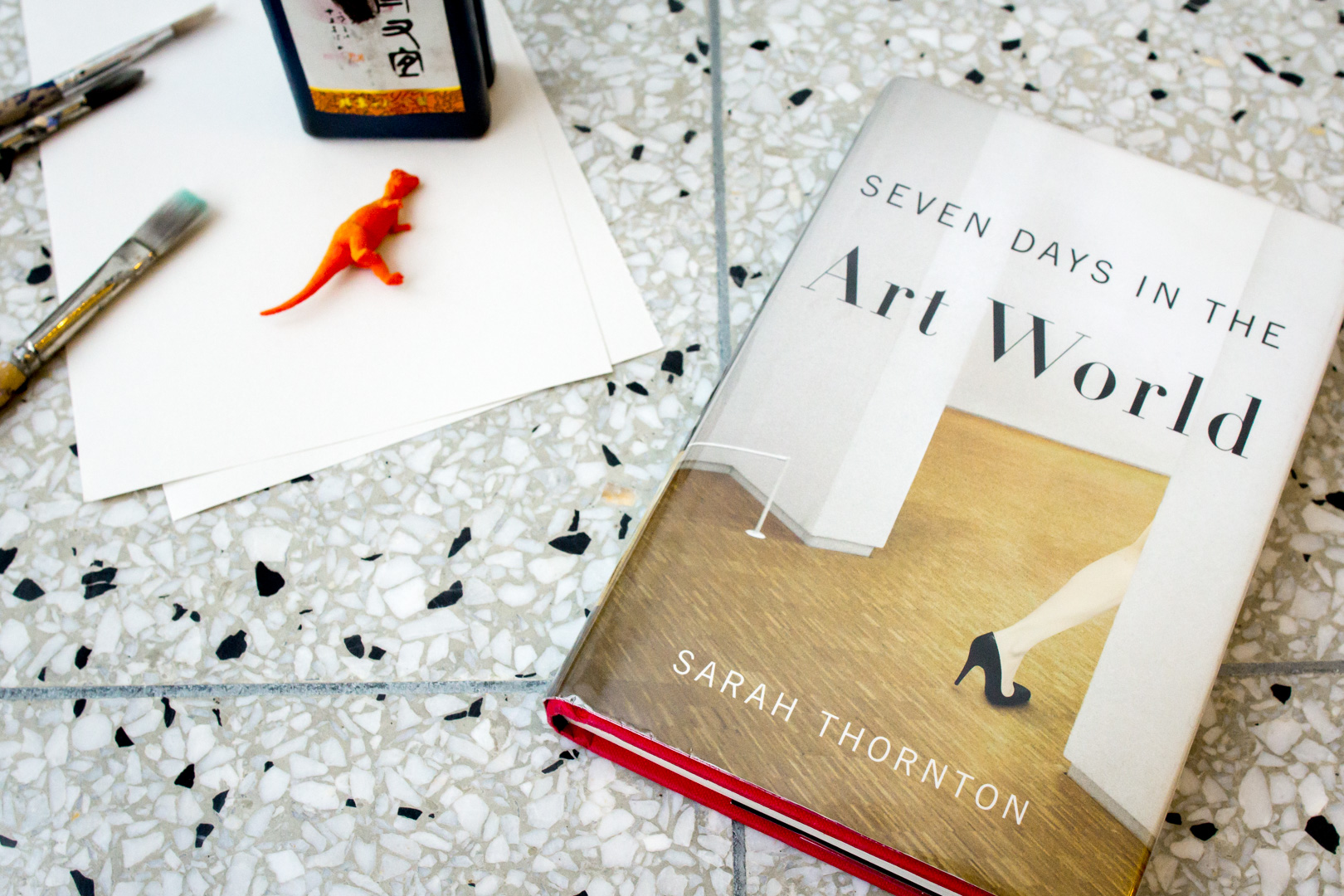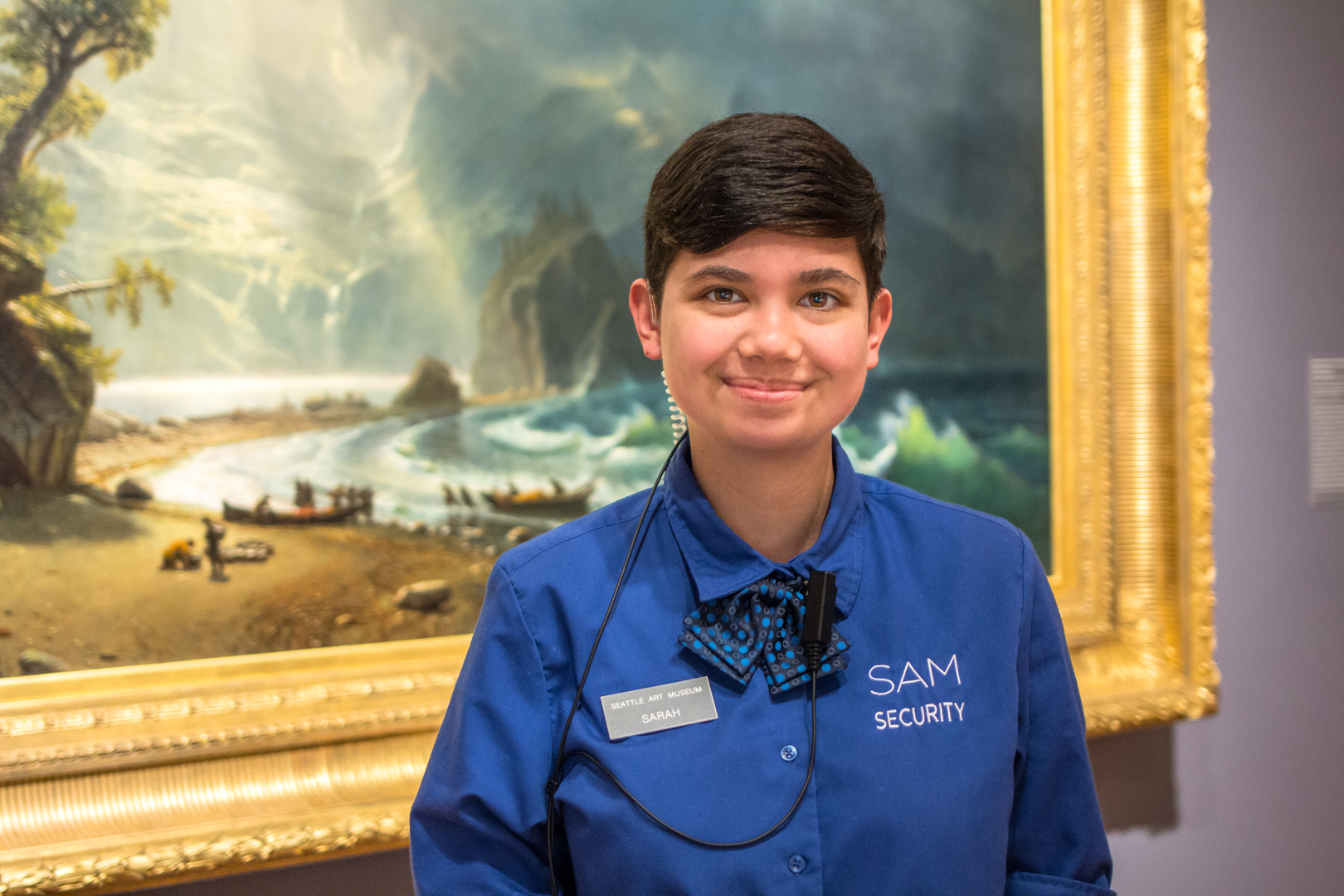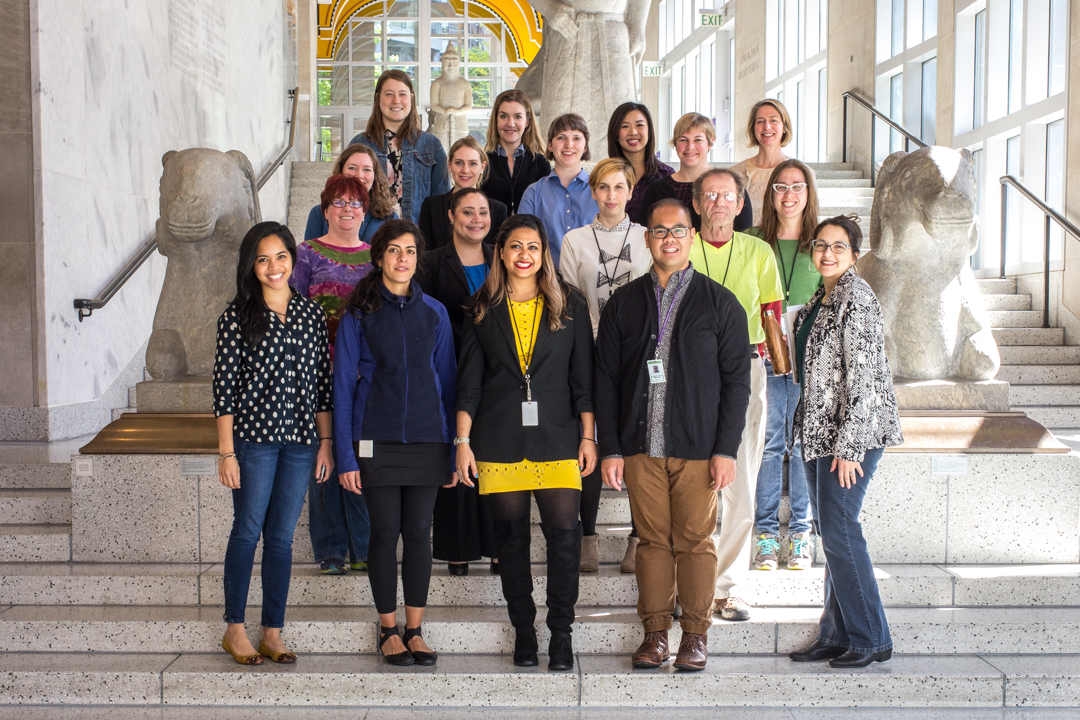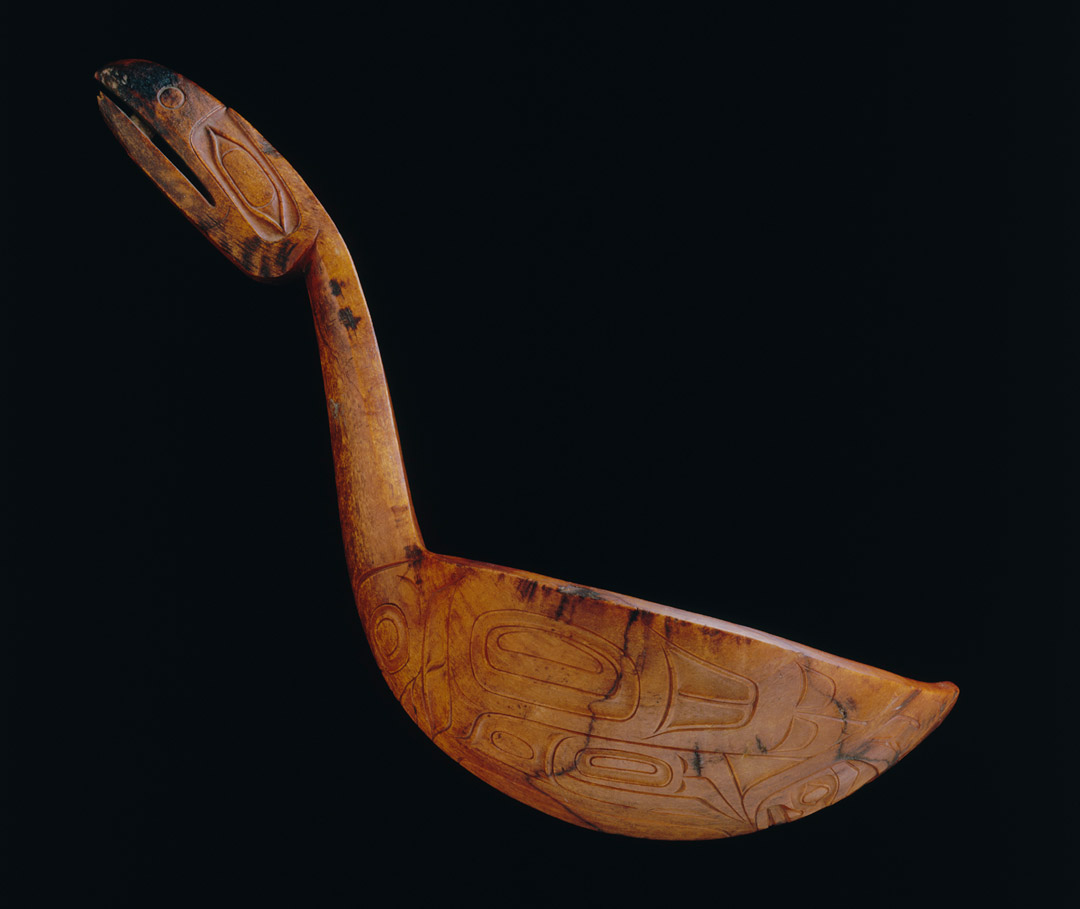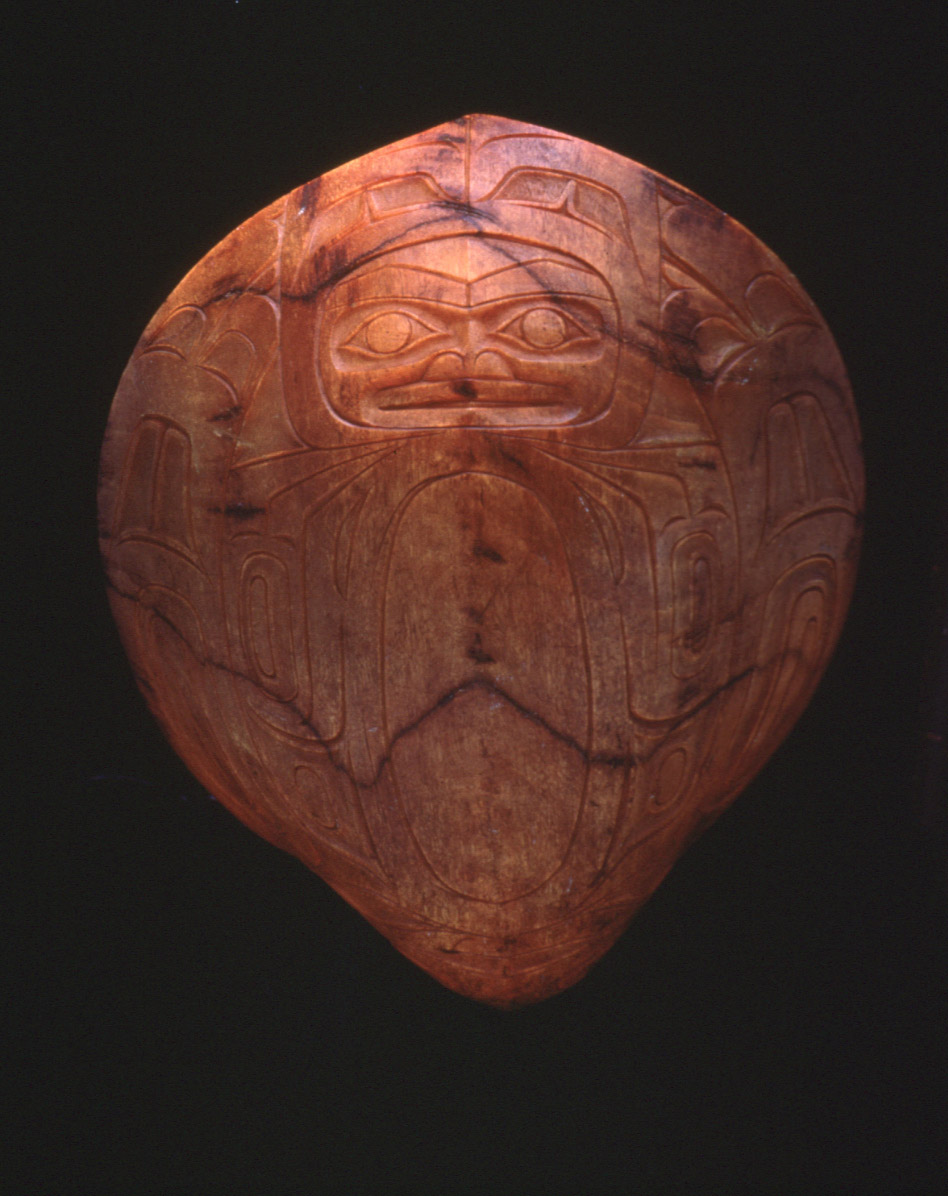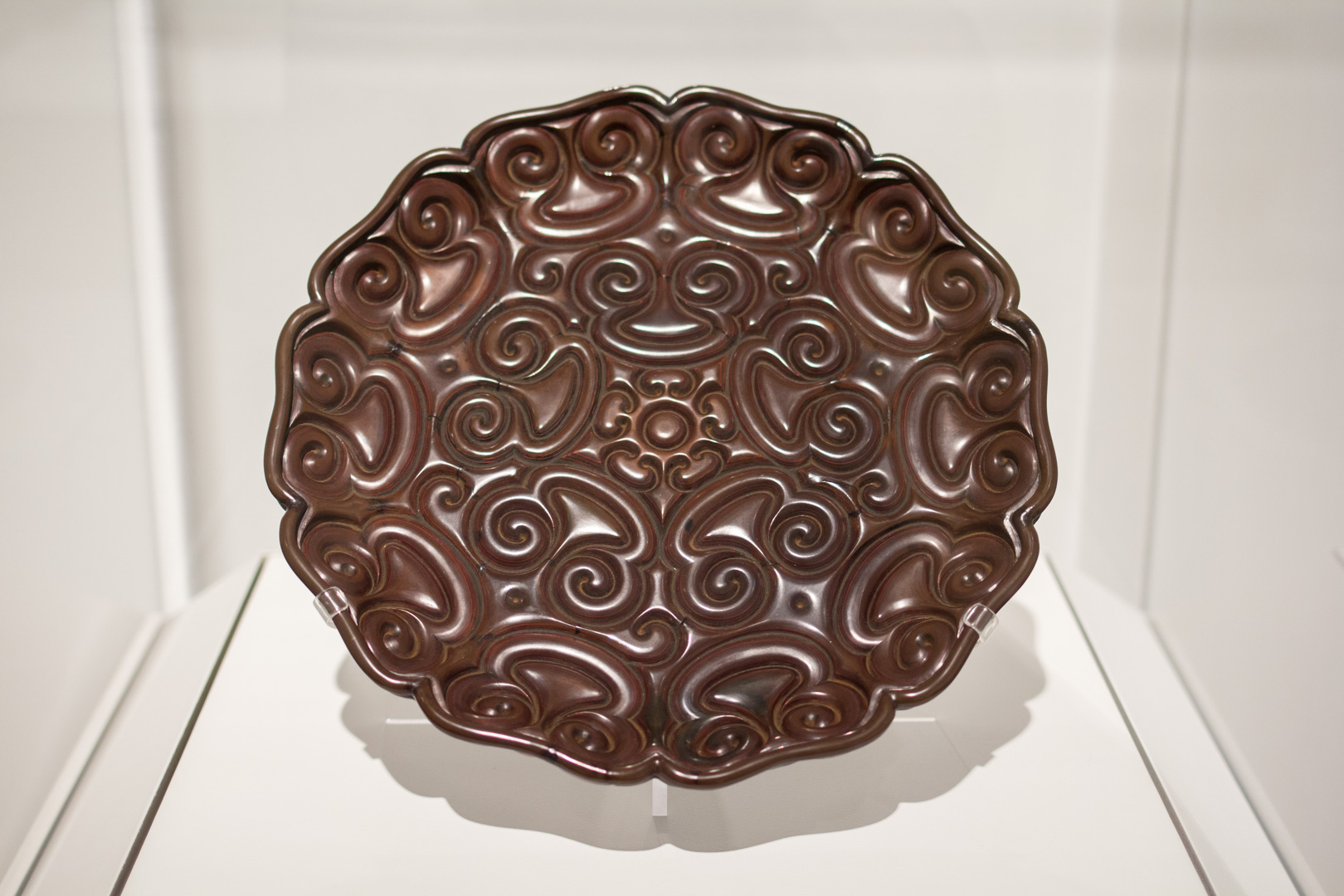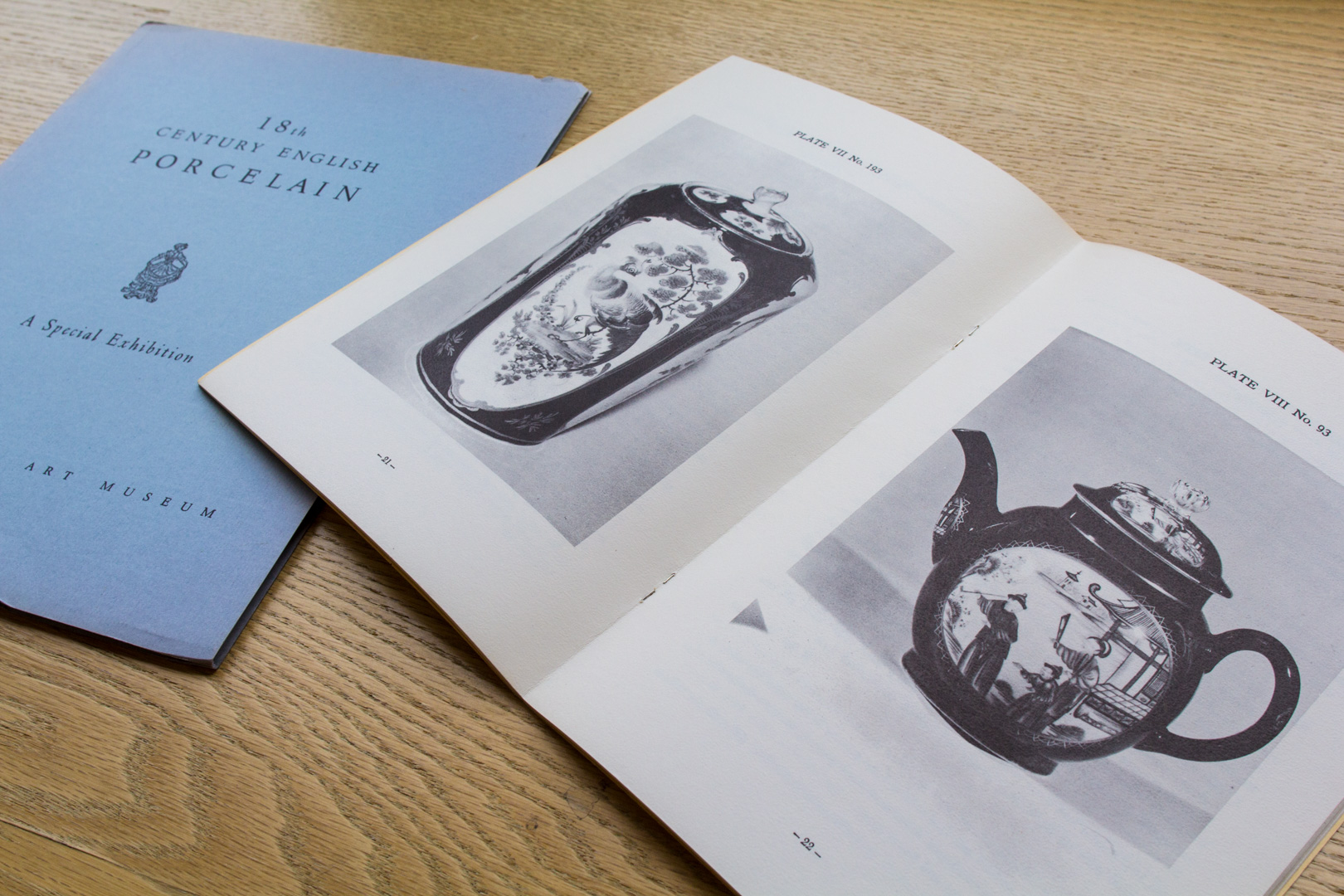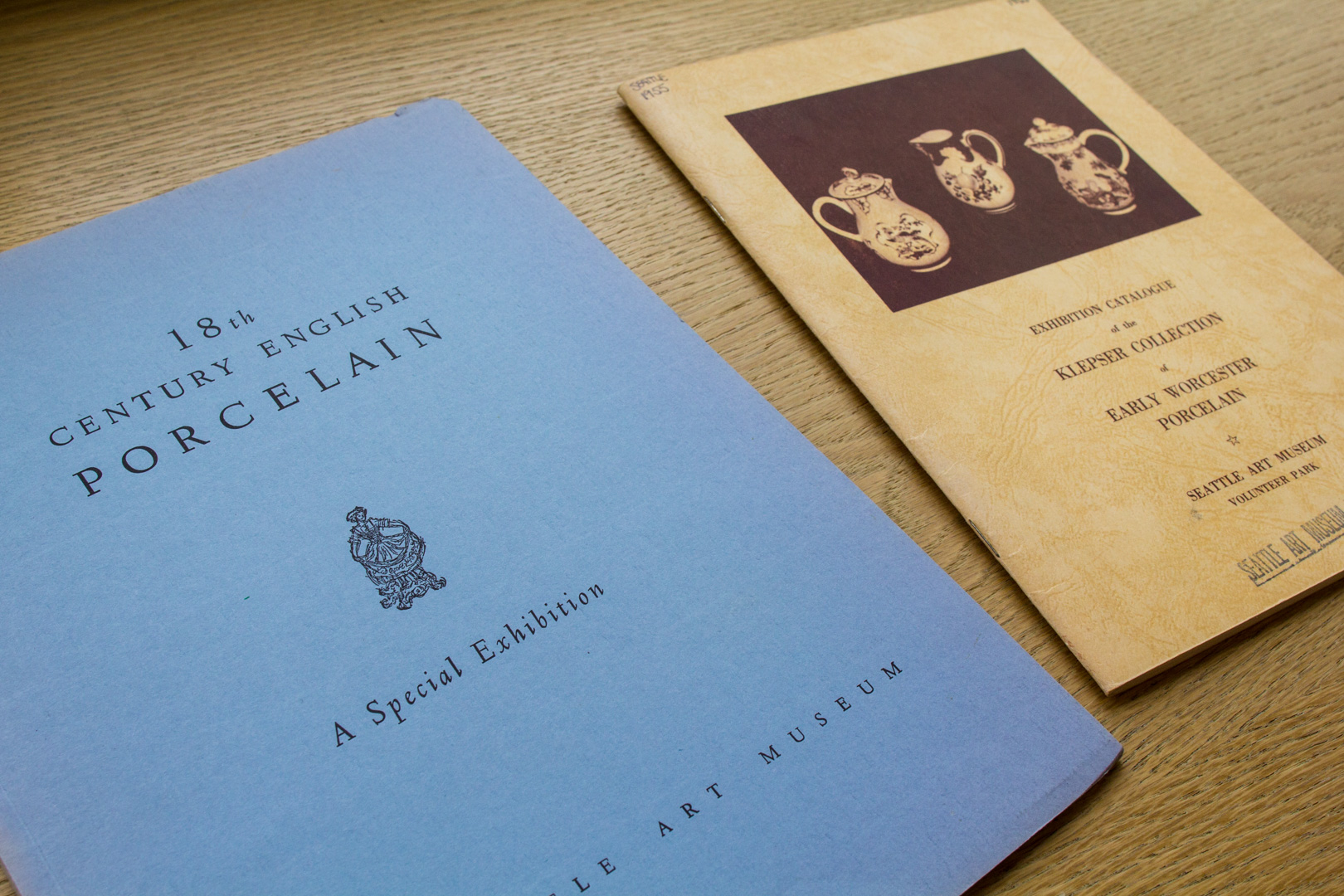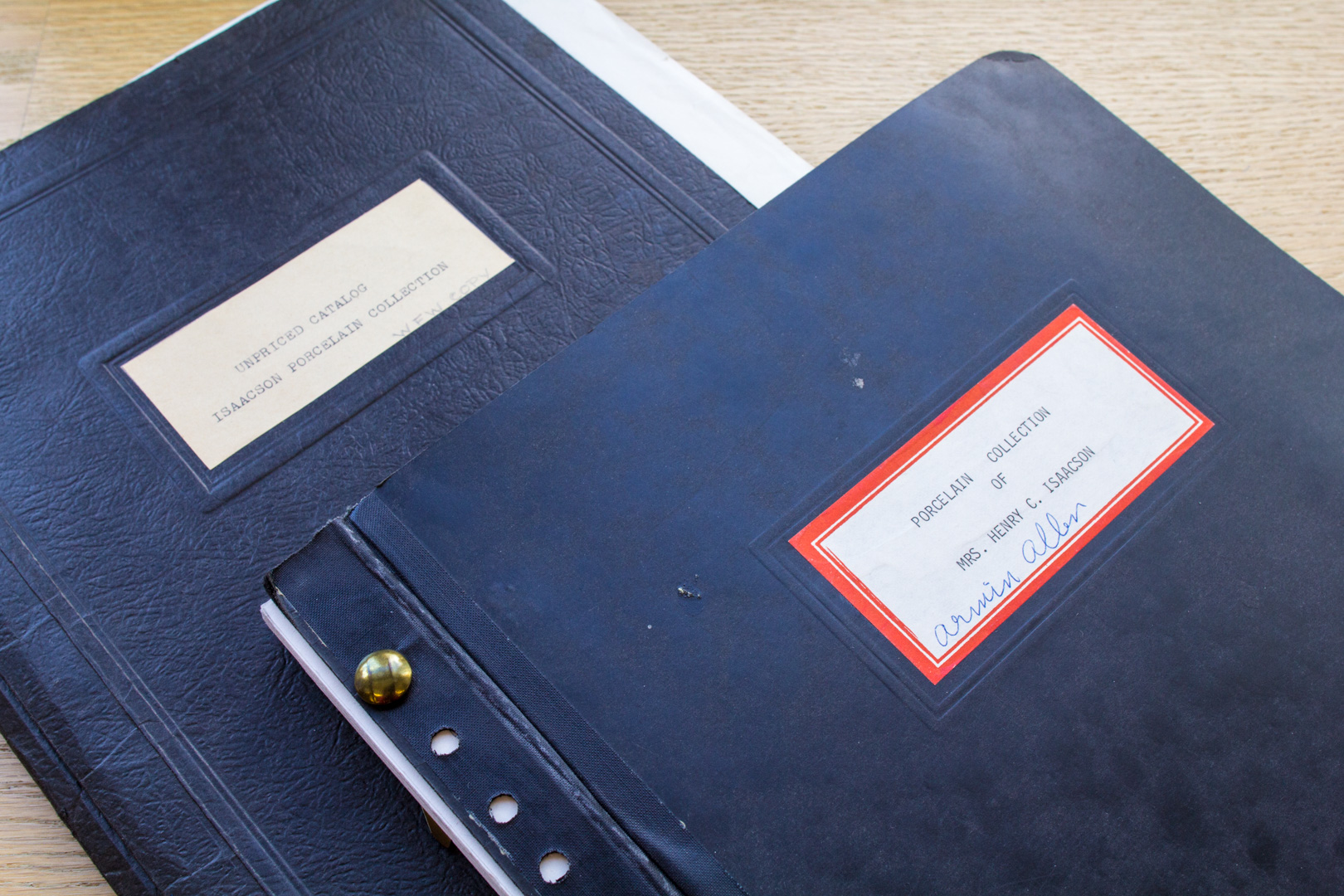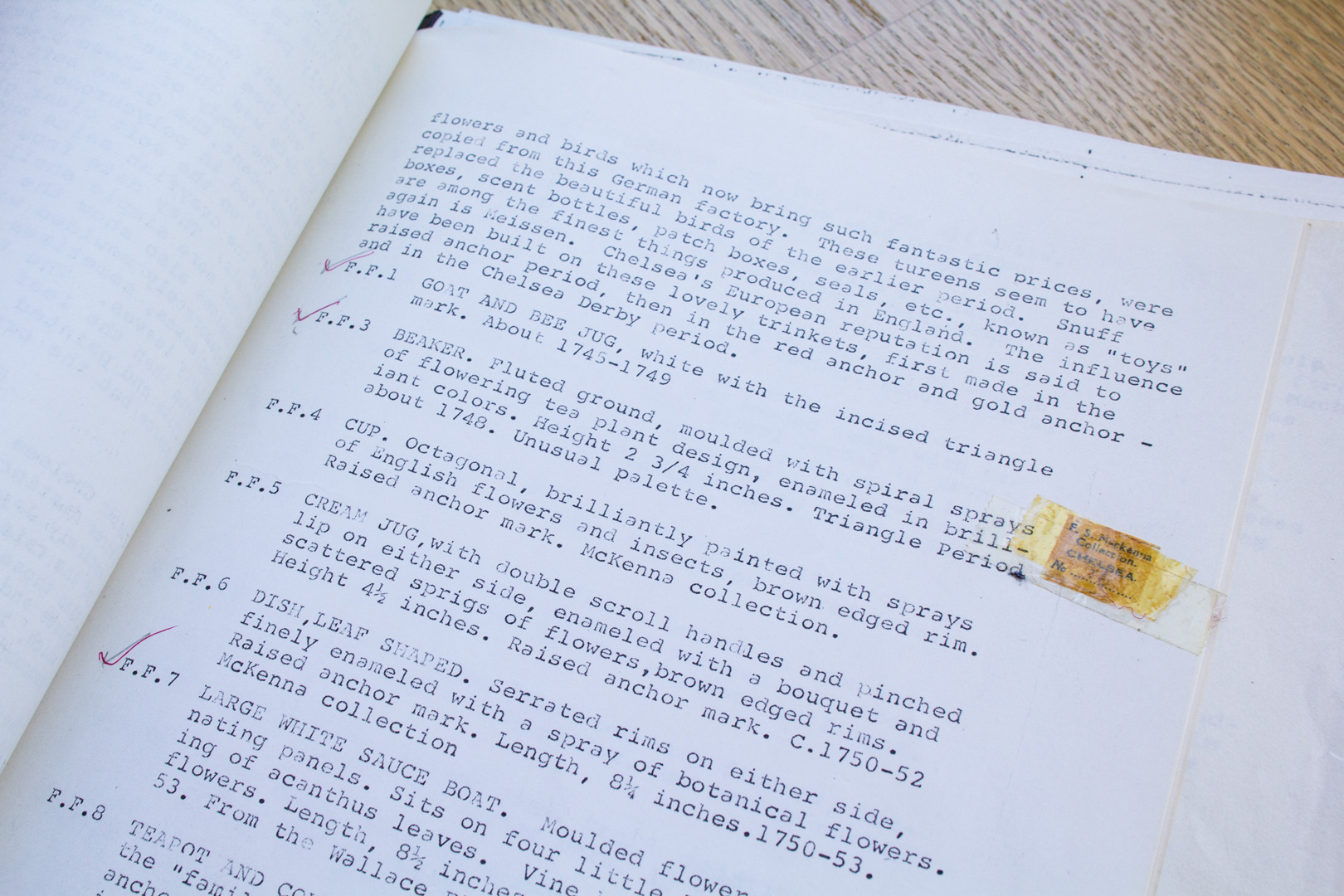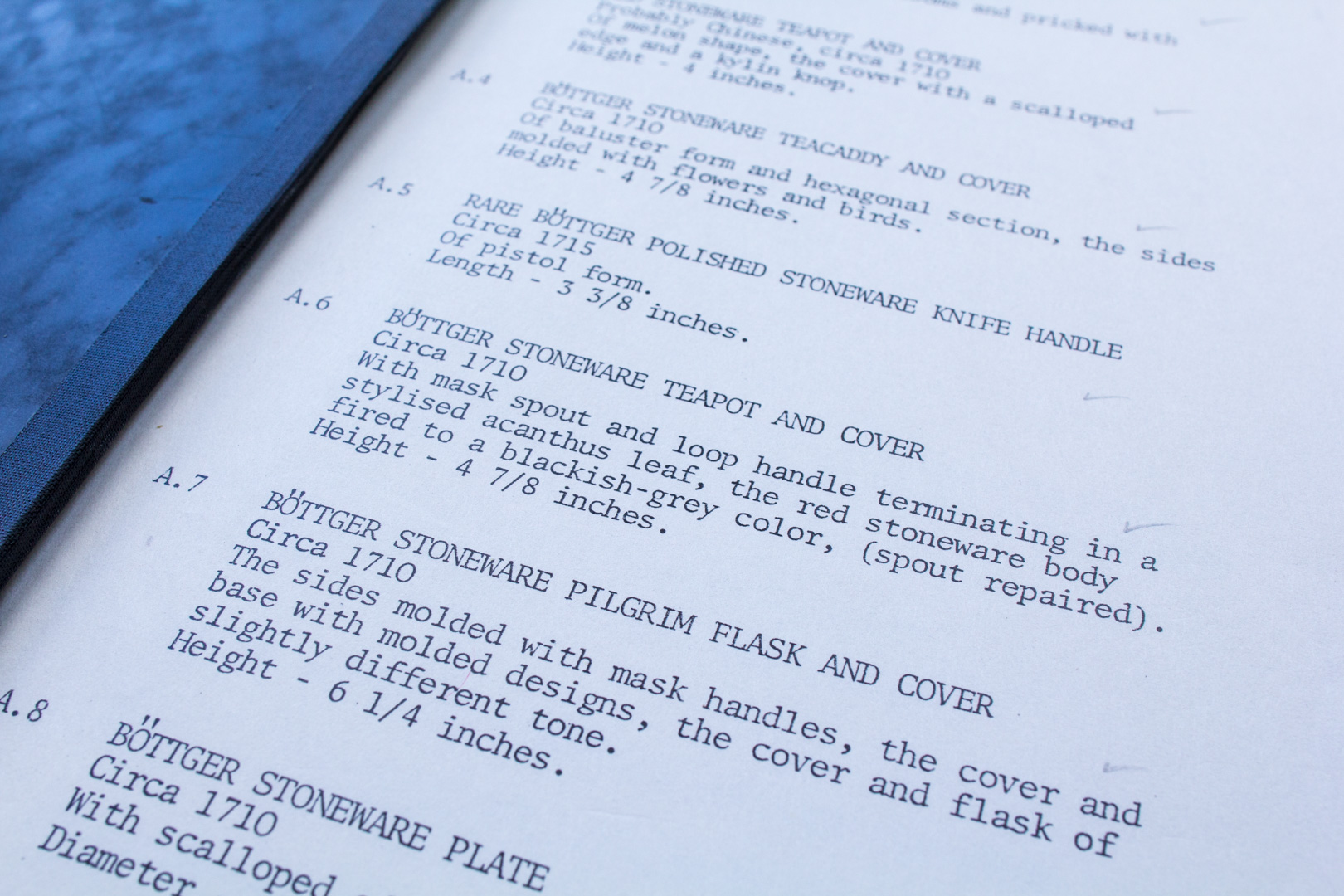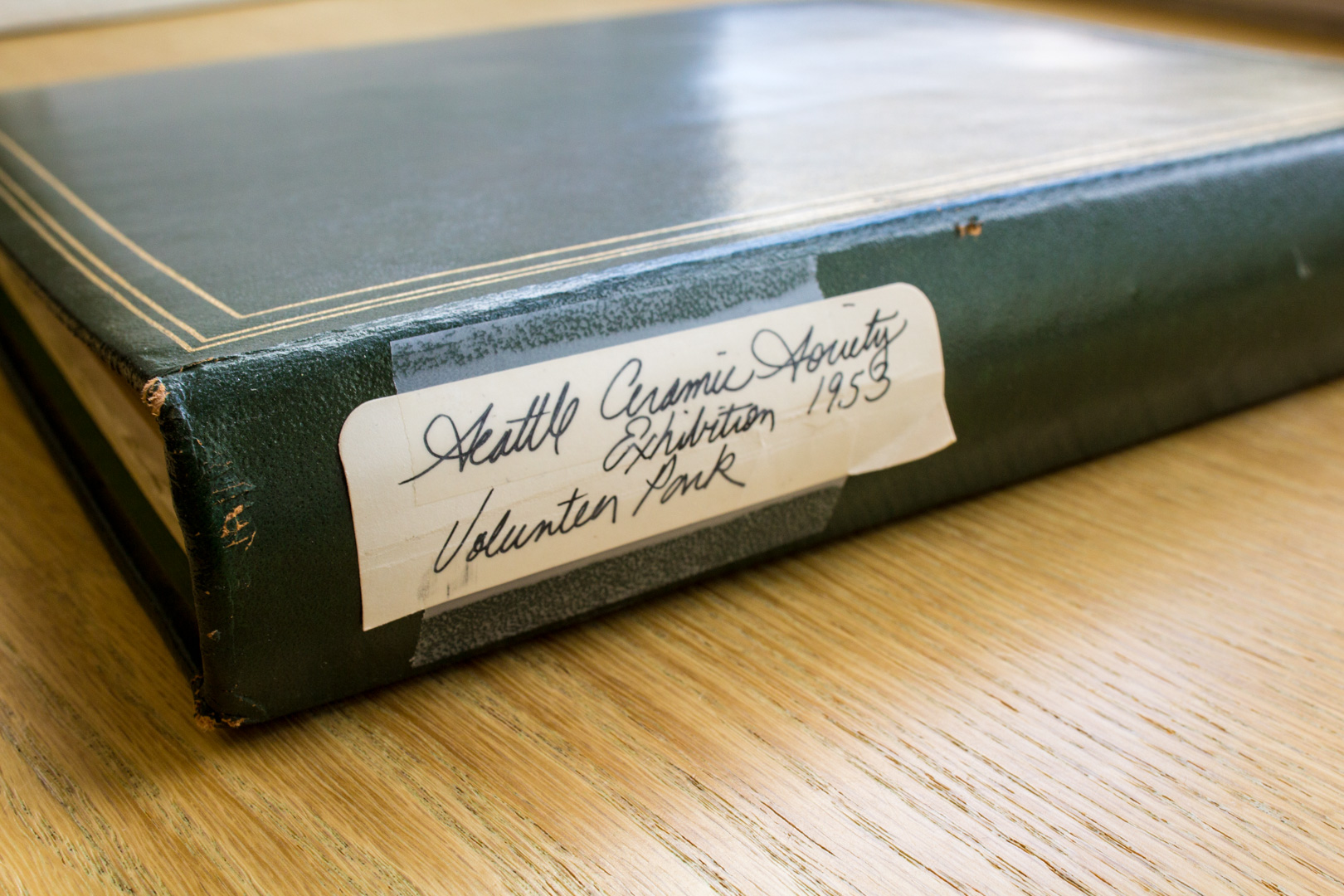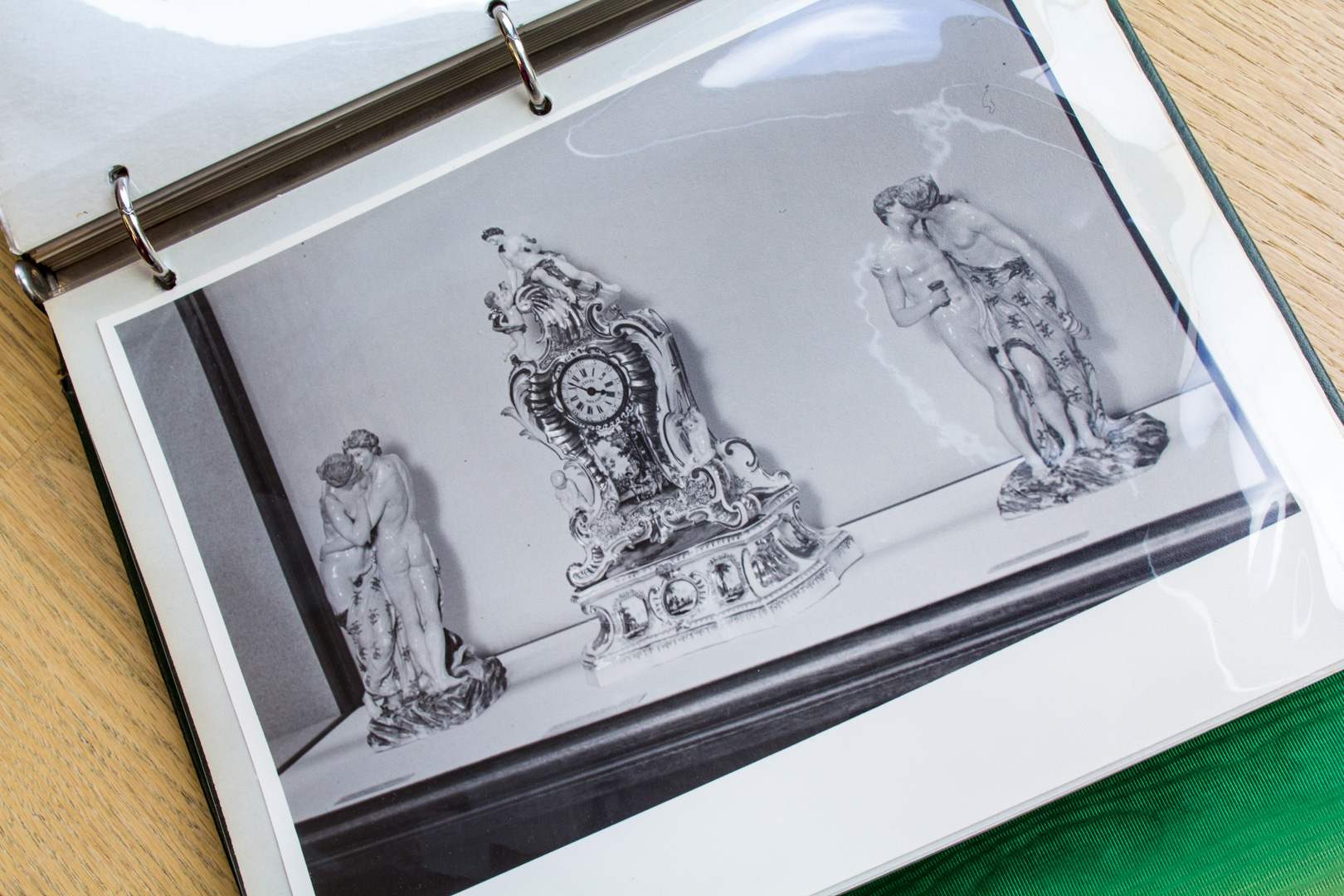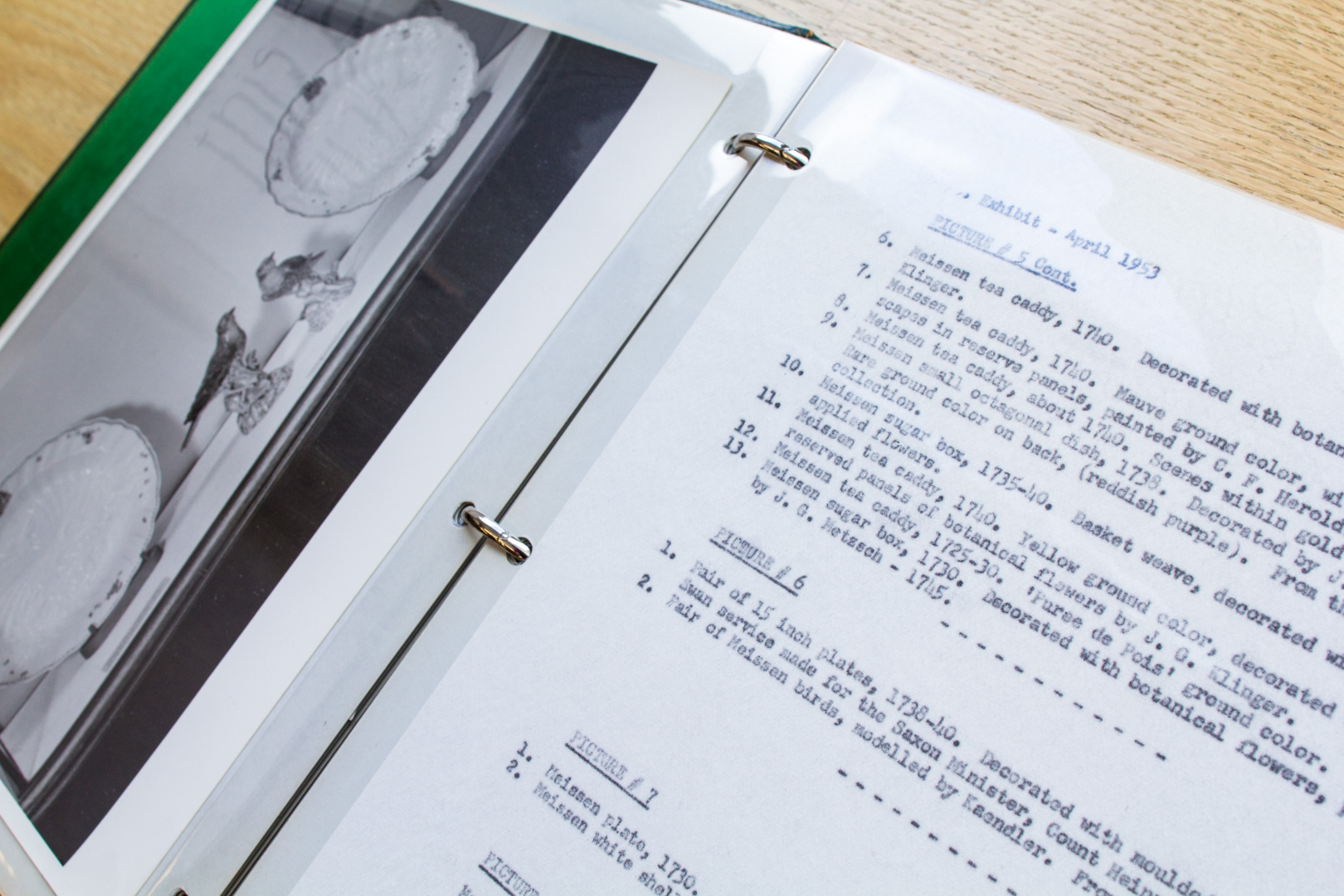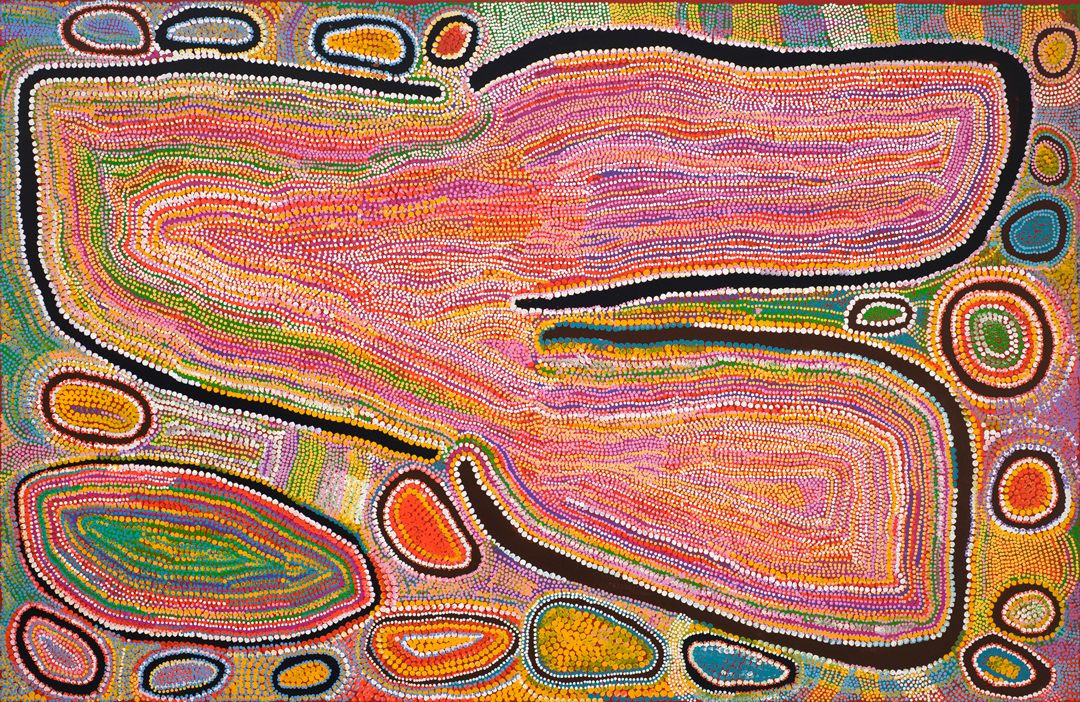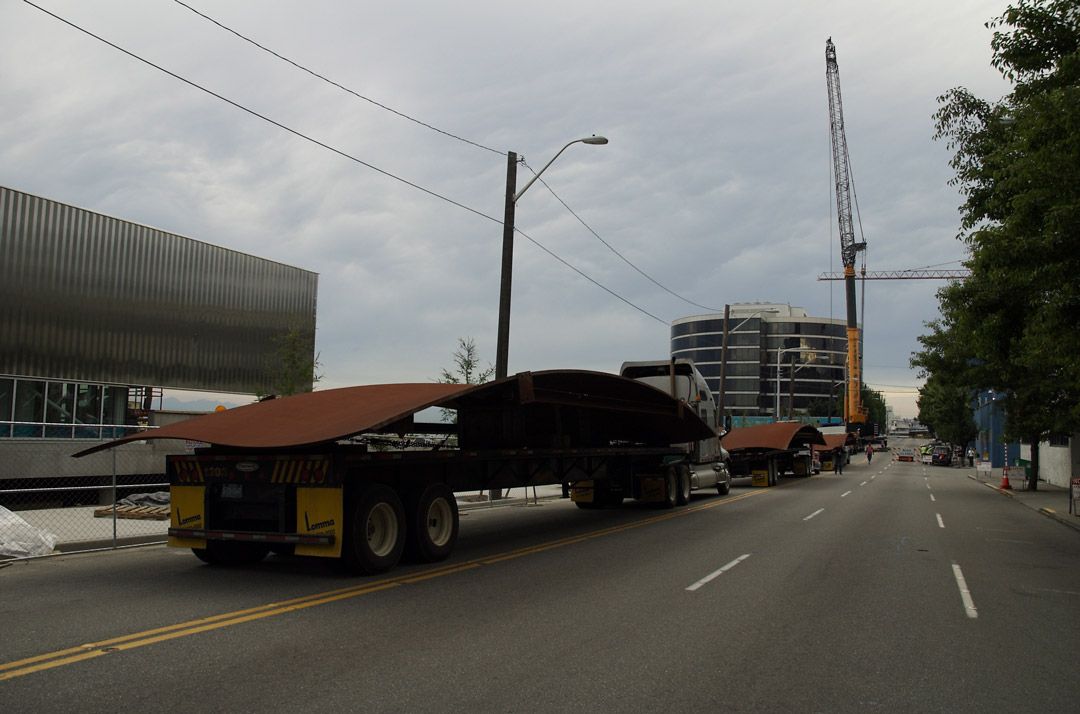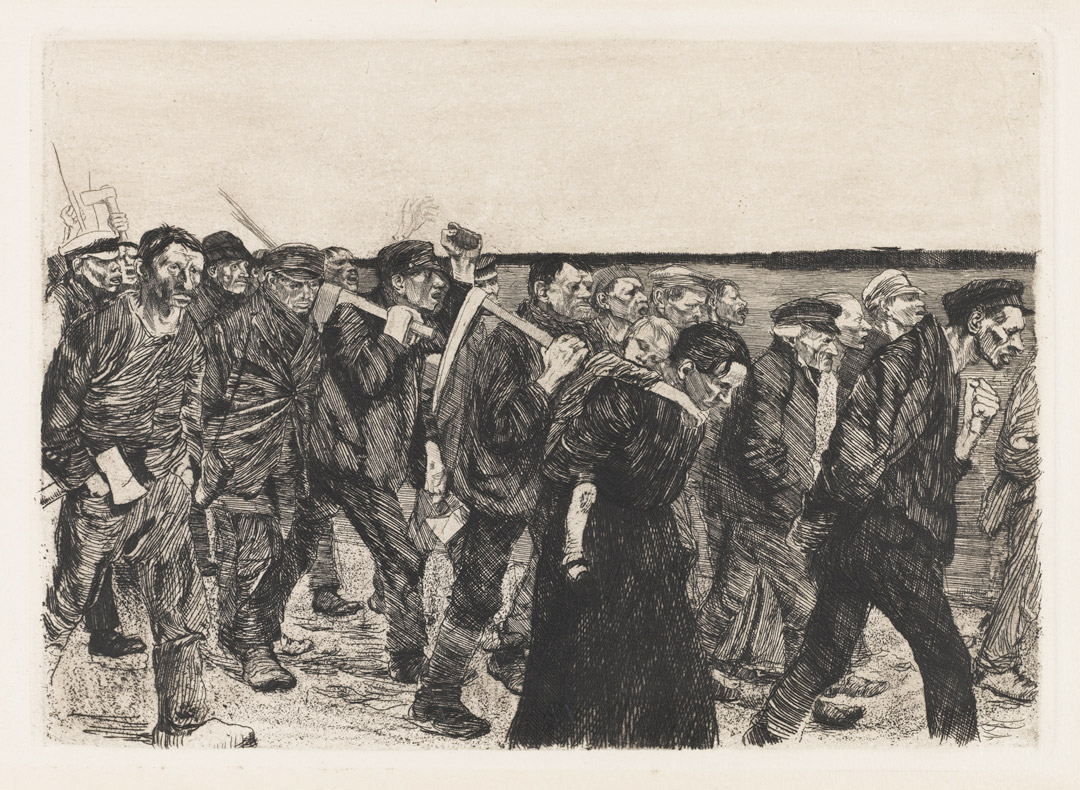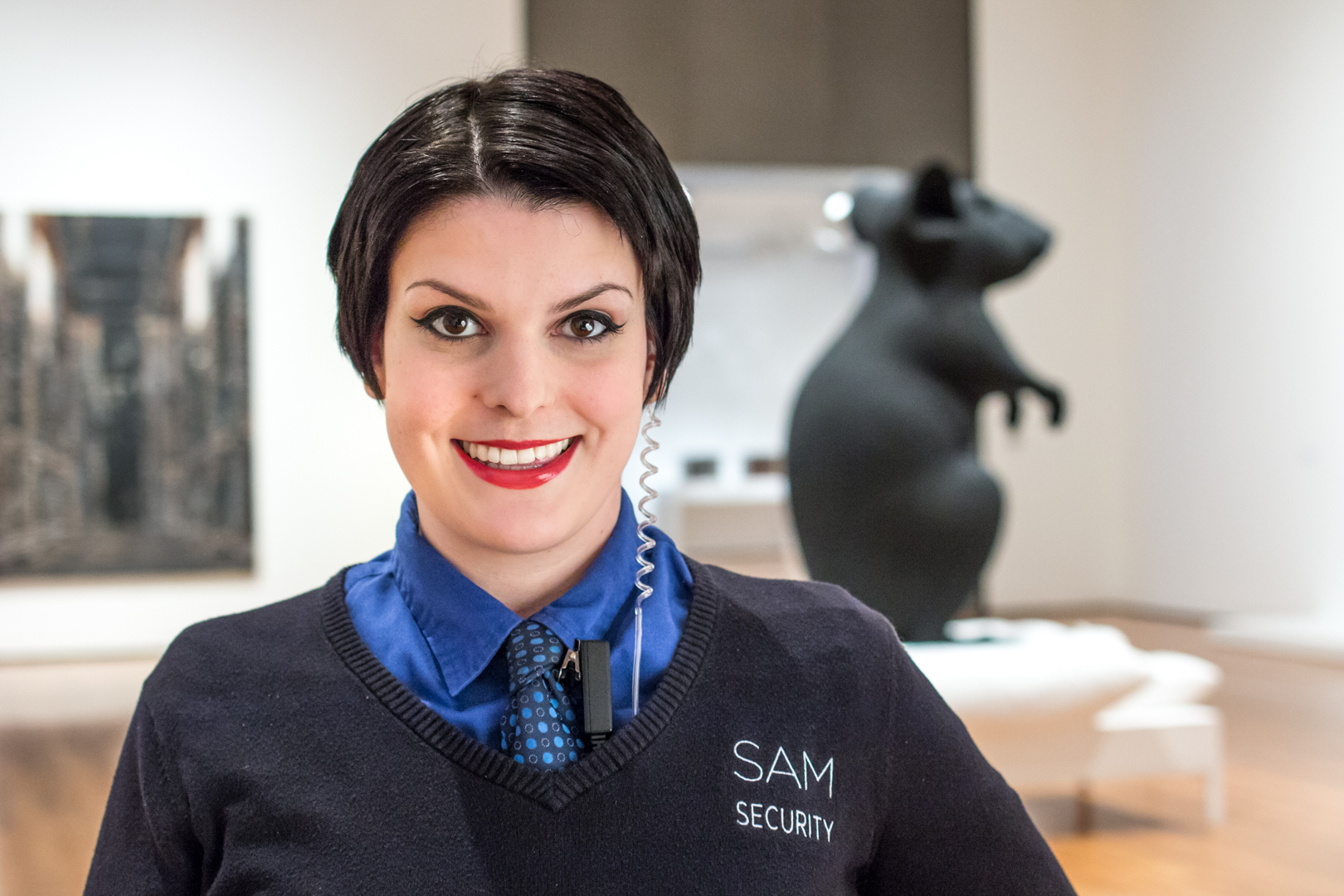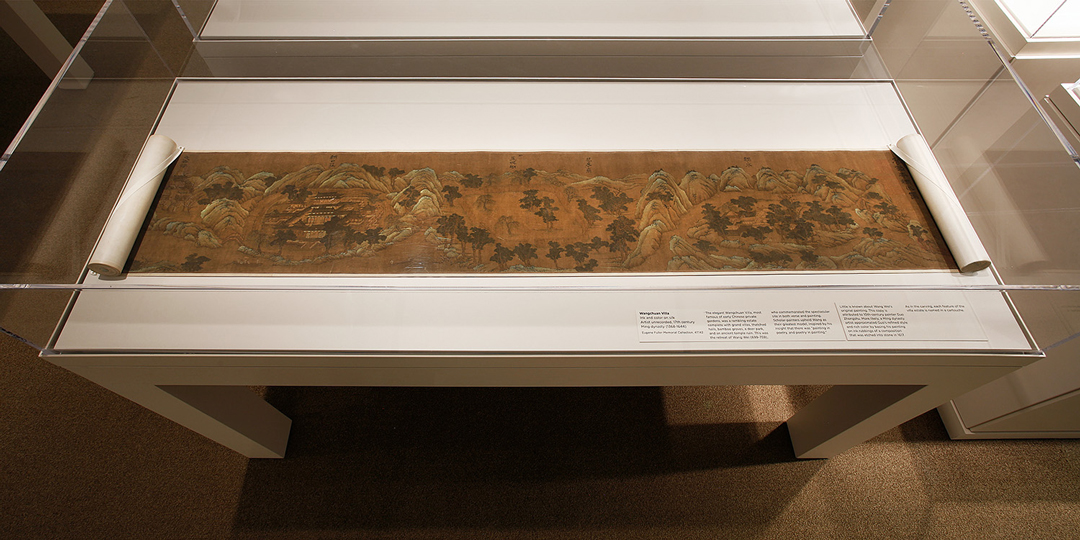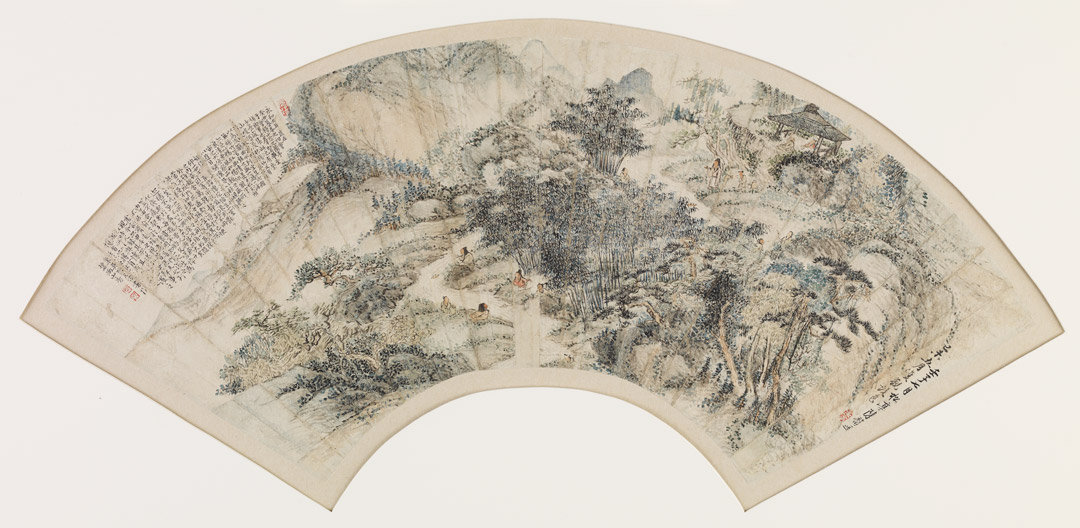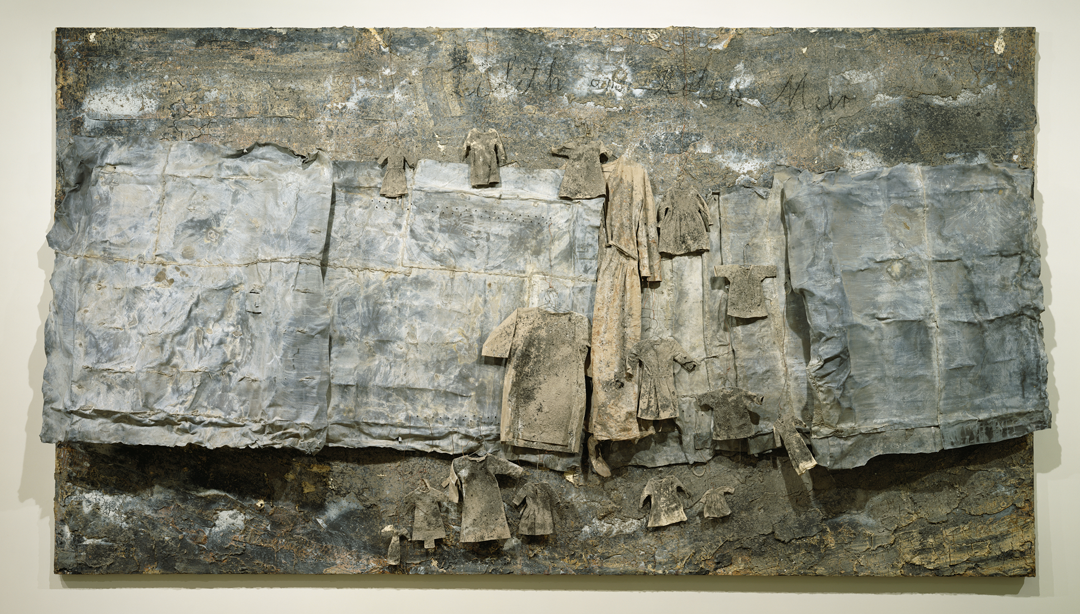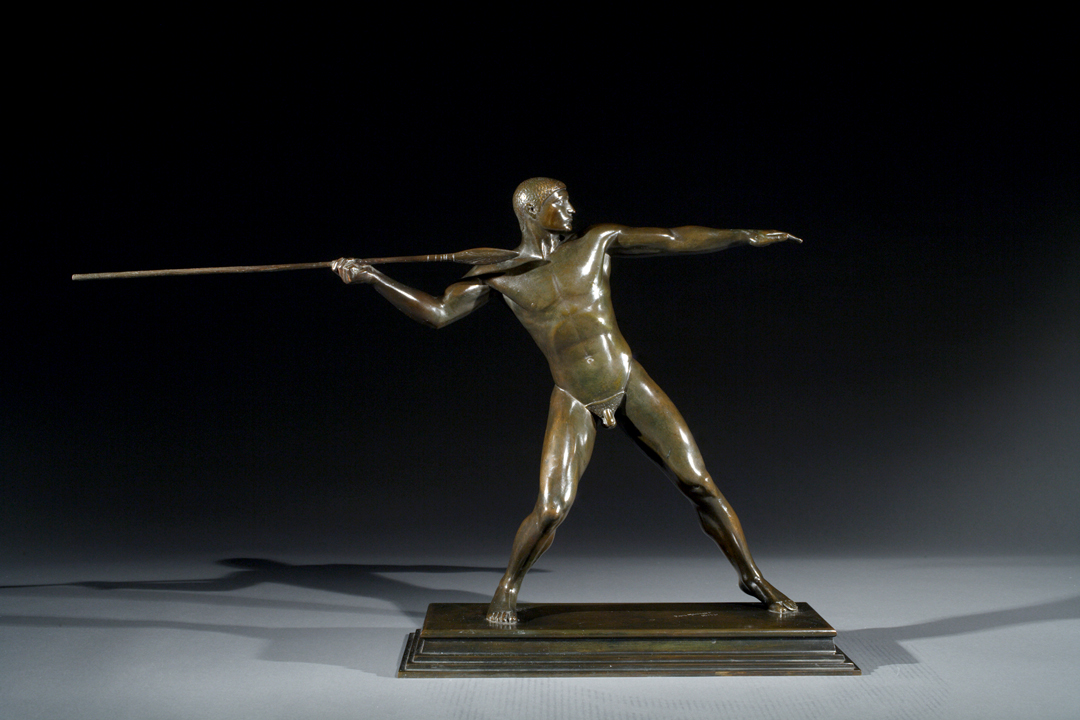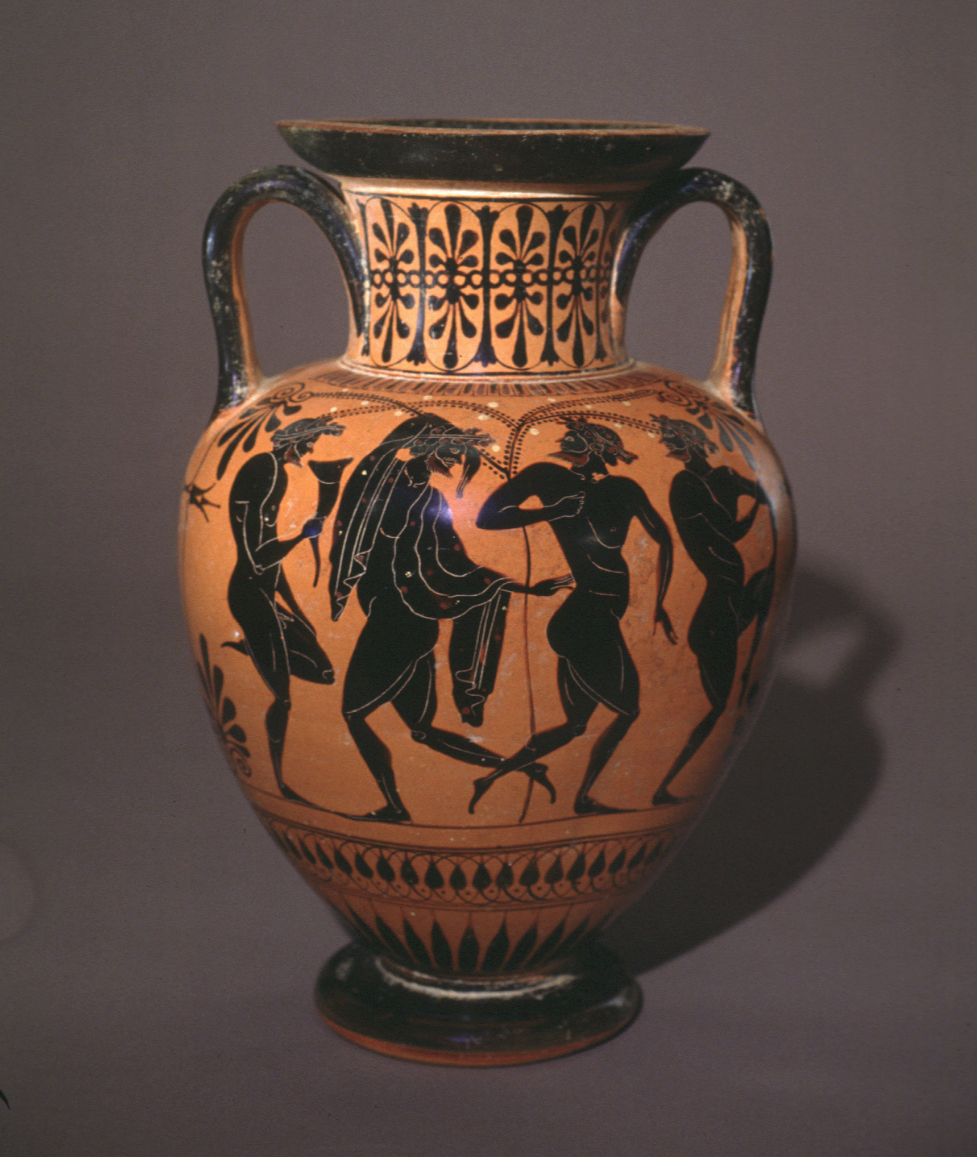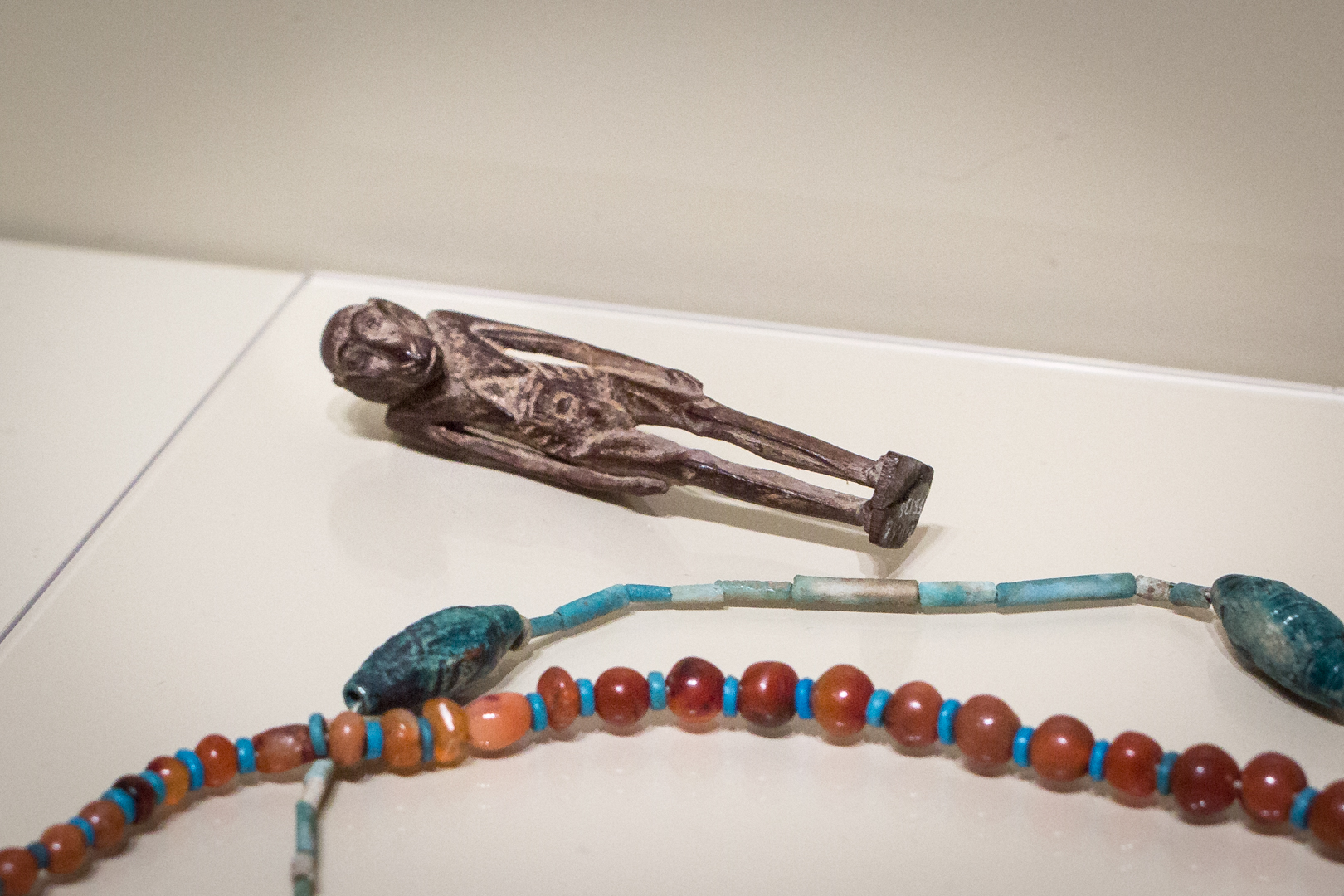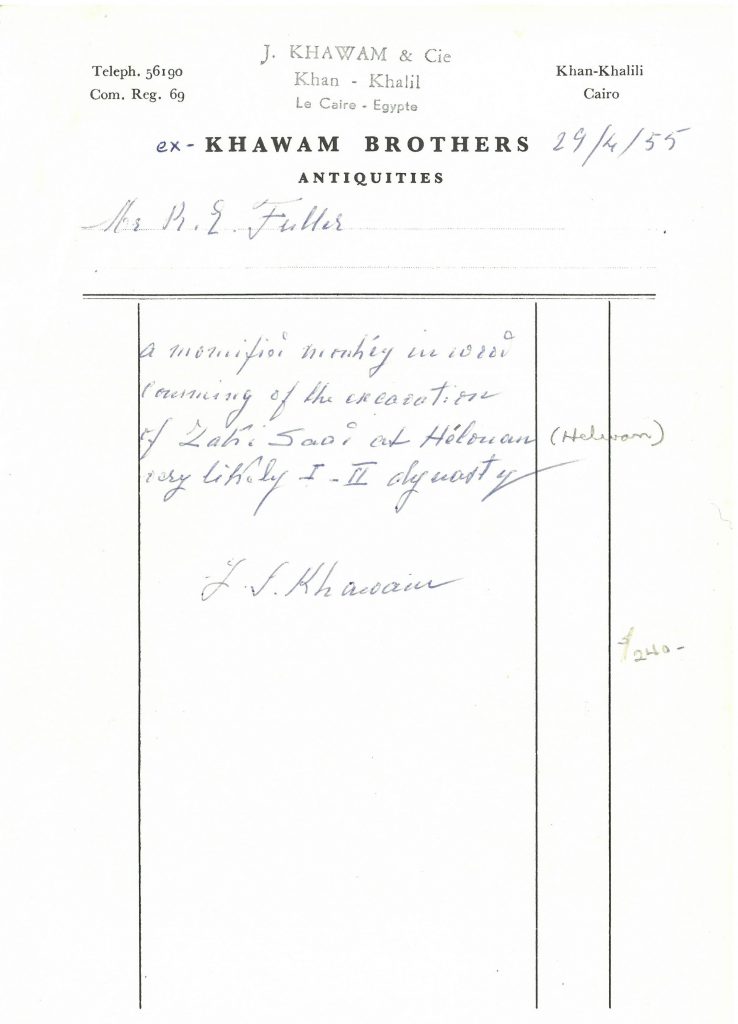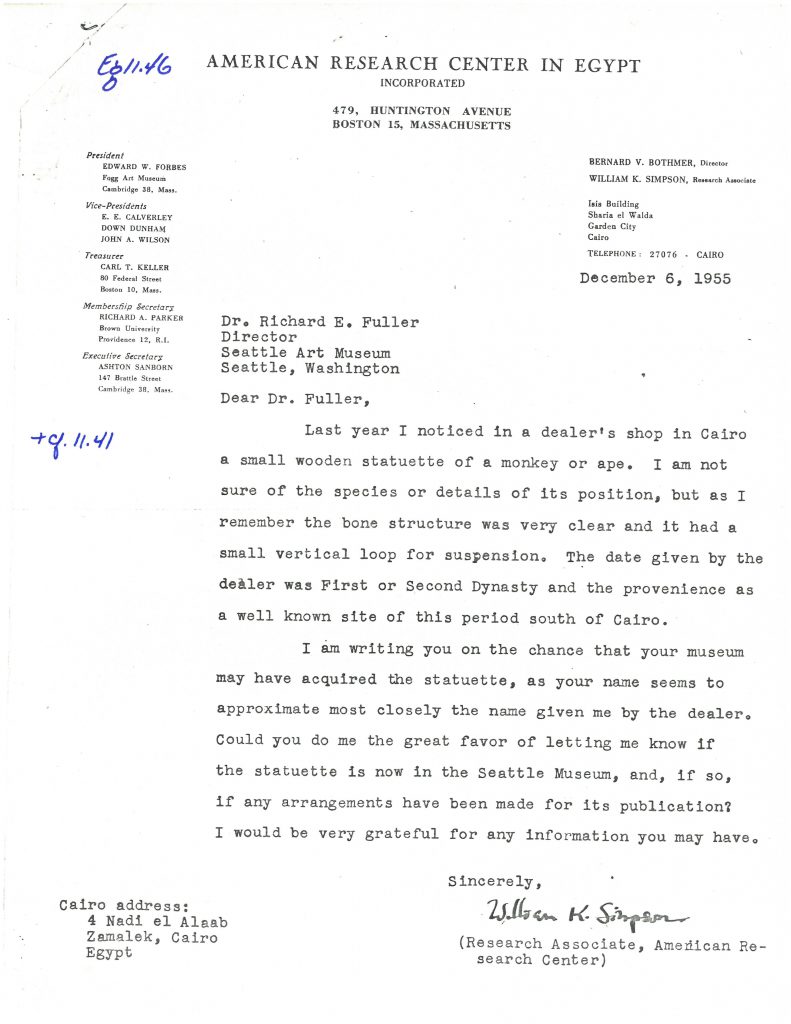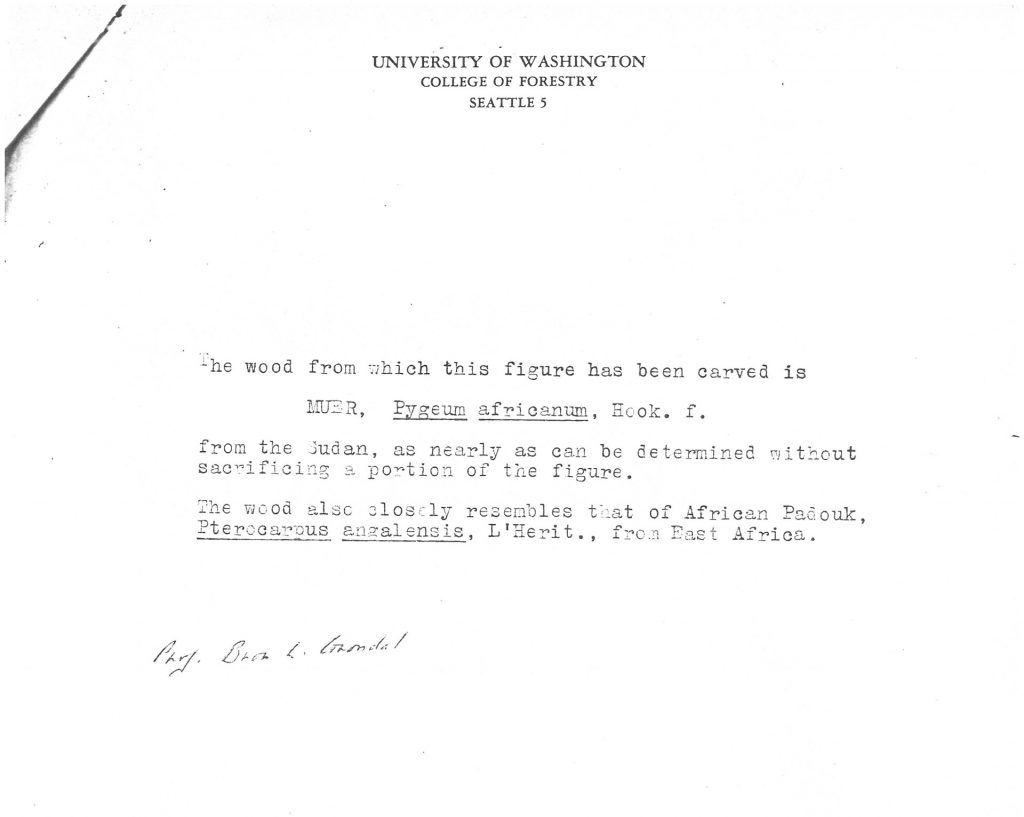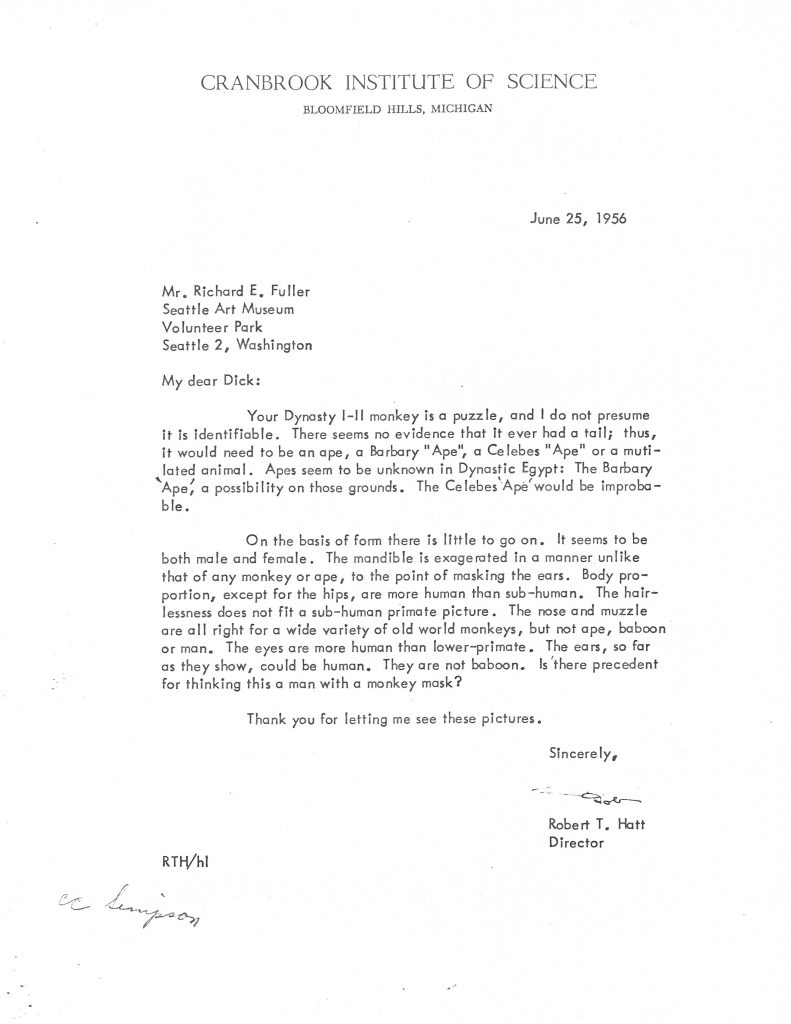Seeing Nature through The Eyes of Curators: Claude Monet, Edouard Manet, and Impressionism
Waterloo Bridge, Overcast Weather
One of Paul Allen’s favorite periods is obviously French Impressionism, and he has some exquisite examples. In Seeing Nature there are five paintings by Claude Monet. Monet had such a long life that he underwent a long evolution based on seeing and communicating his subjective experience to the viewer.
Monet was constantly trying to forget what he knew and what his mind told him—such as that if a stone building is brown it should be depicted as brown. He wanted to forget logic and just paint what he saw. In Waterloo Bridge, Overcast Weather, London was beset by terrible pollution and it created a very foggy atmosphere. For Monet, those atmospheric effects made for a series of beautiful paintings where you can subtly perceive the fact that there’s a bridge before you with smoke stacks beyond. The brushstrokes depicting sunlight coming through the arches of the bridge have more substance than the bridge itself. He was interested in the changing color effects of different times and days so he painted the Waterloo Bridge at different times of day.
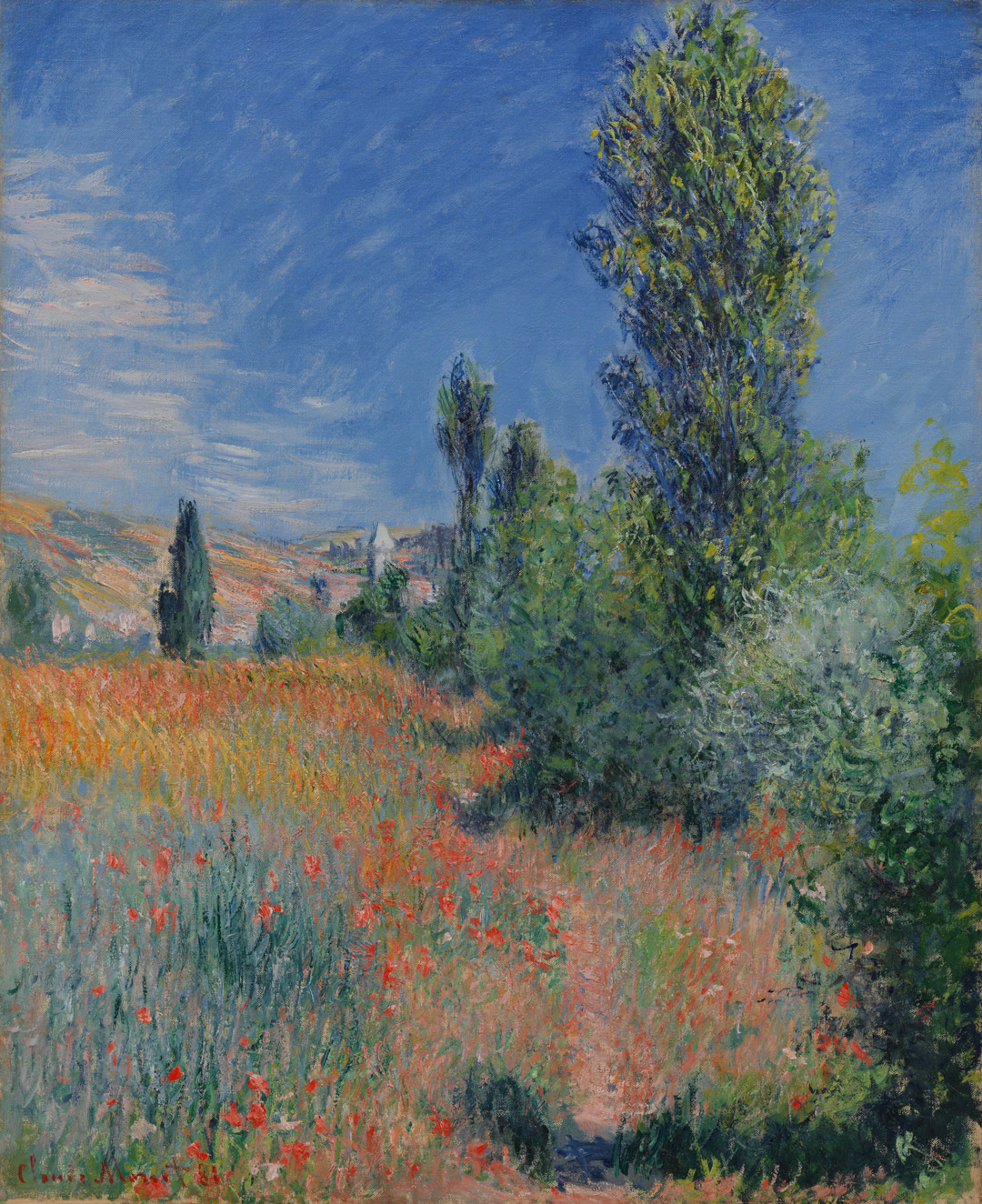
Landscape on île Saint-Martin
Earlier in his career, Monet didn’t have the luxury of going far afield to paint. It took him years to be able to make a living. Landscape on île Saint-Martin and The Fisherman’s House, Overcast Weather are from the early 1880s when he was still years away from becoming successful. He painted where he was living with his family. During one summer, Monet was on a little island just north of Paris and painted it in all of its summertime glory with this beautiful field of poppies. There is a little fisherman’s cabin that used to be a watchtower right on the Normandy coast, an area of his childhood that he would return to many times over the years. These paintings reward looking close up, but they also reward standing back and taking in the whole—he’s thinking about both perspectives at the same time.
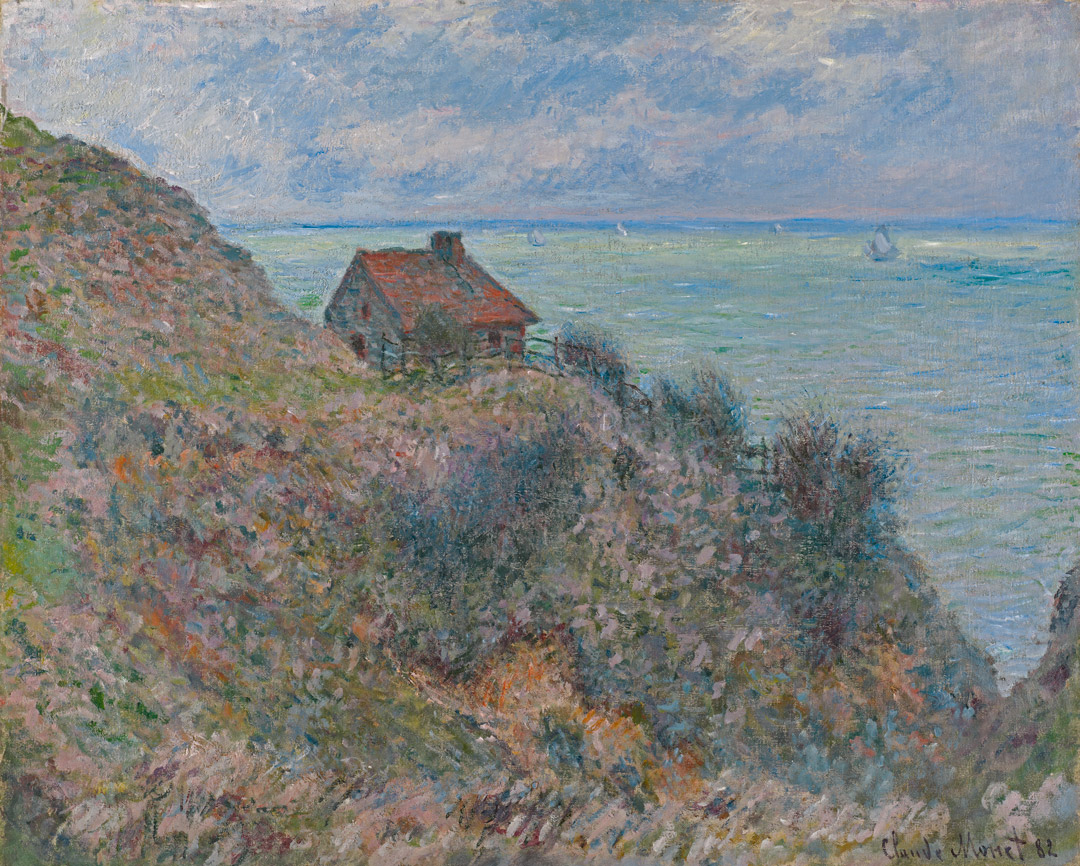
The Fisherman’s House, Overcast Weather
Claude Monet painted Venice fairly late in his career. It’s important to mention The Palazzo da Mula in conjunction with View in Venice–The Grand Canal by Edouard Manet. Manet was such an inspiration for Monet. Though he never called himself an Impressionist, Manet was absolutely fundamental to the movement. It’s interesting that both artists went to Venice—Manet painting in 1874 and Monet in 1908. By this time there is a historical body of work that artists have created about Venice. There are conventions about what Venetian paintings look like and both of these artists are interested in breaking those conventions.
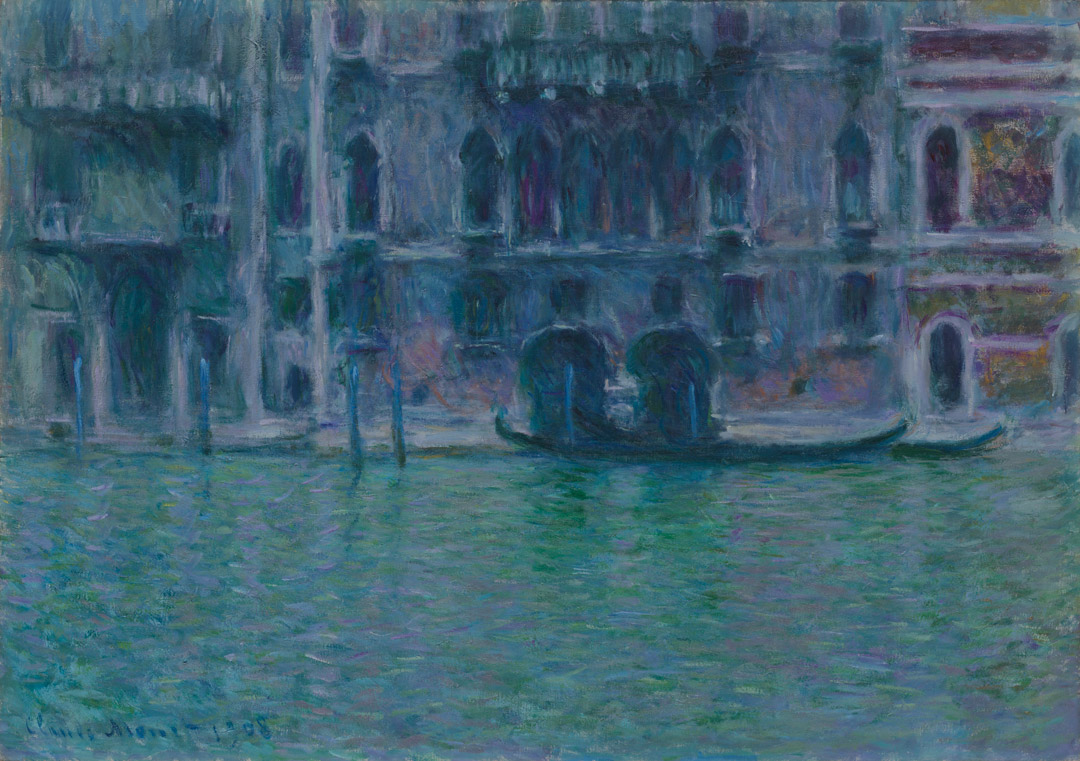
The Palazzo da Mula
Manet’s painting is particularly radical. He is right on the water. It’s as though he’s painting in a boat. All of the grand views, the many beautiful buildings that intersect with the sky and water, are not his main subject. The dome, which was originally much bigger—there’s a pentiment that shows through a little bit now—he suppresses it. He doesn’t want that to be the main event. He’s instead much more interested in the mooring poles that are part of the navigational system of all the boat traffic in Venice.
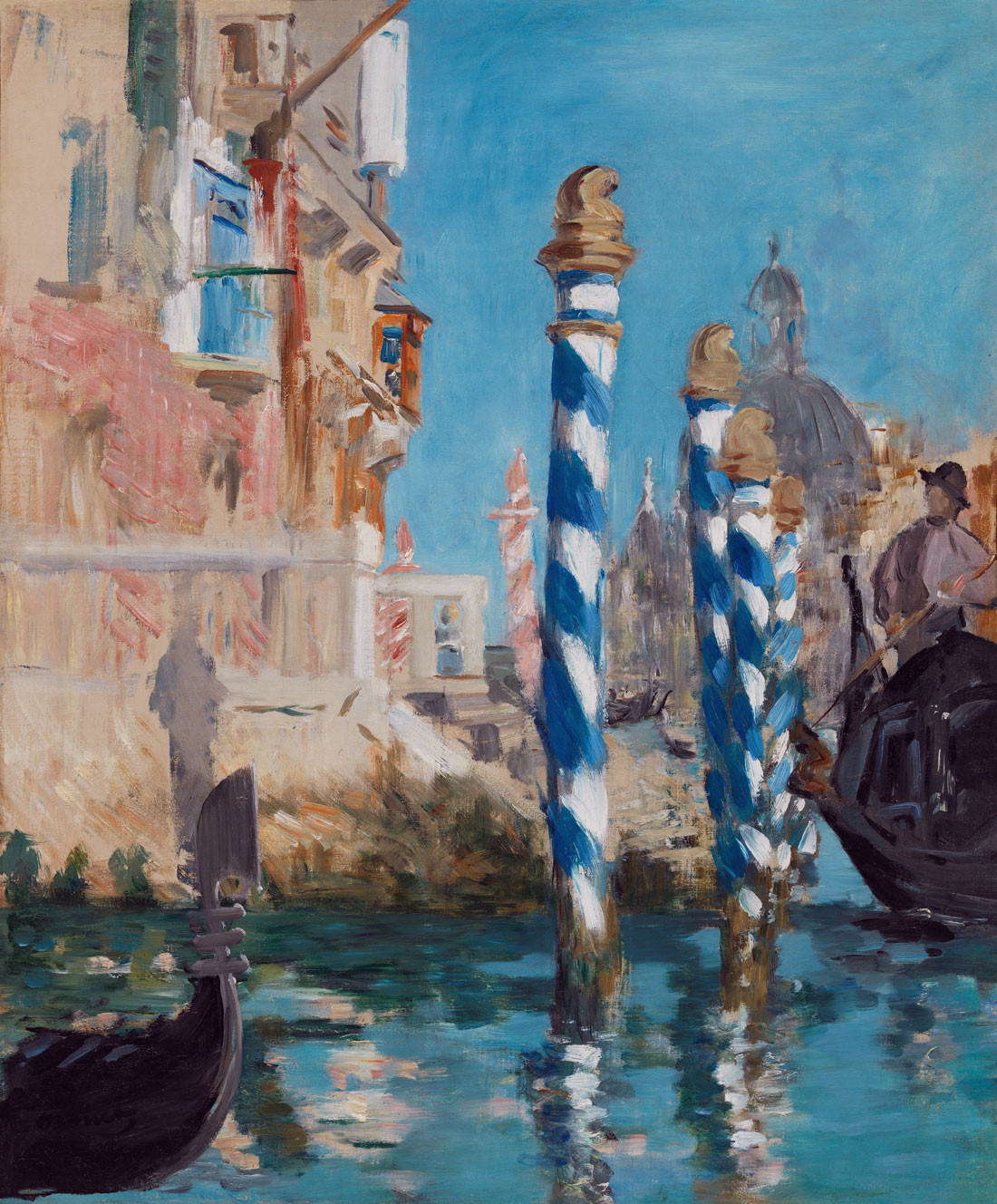
View in Venice–The Grand Canal
When you see just the prow of the gondola come into the picture, it reminds you that photography has become part of the visual vocabulary by this time. A view can be cut off like a snapshot and a form can end abruptly. It’s not composed in that traditional way, it almost looks like a found view although he obviously worked at it. To me, this painting is an antidote to the kind of more melancholy mysterious aspect of Venice, which is so much a part of its literary reputation. This is more about a bustling city full of movement. It’s full of vigor and sparkling light in the middle of the day.
– Chiyo Ishikawa, Susan Brotman Deputy Director for Art and Curator of European Painting and Sculpture
See these and other Impressionist artworks in Seeing Nature: Landscape Masterworks from the Paul G. Allen Family Collection, on view at SAM through May 23.
